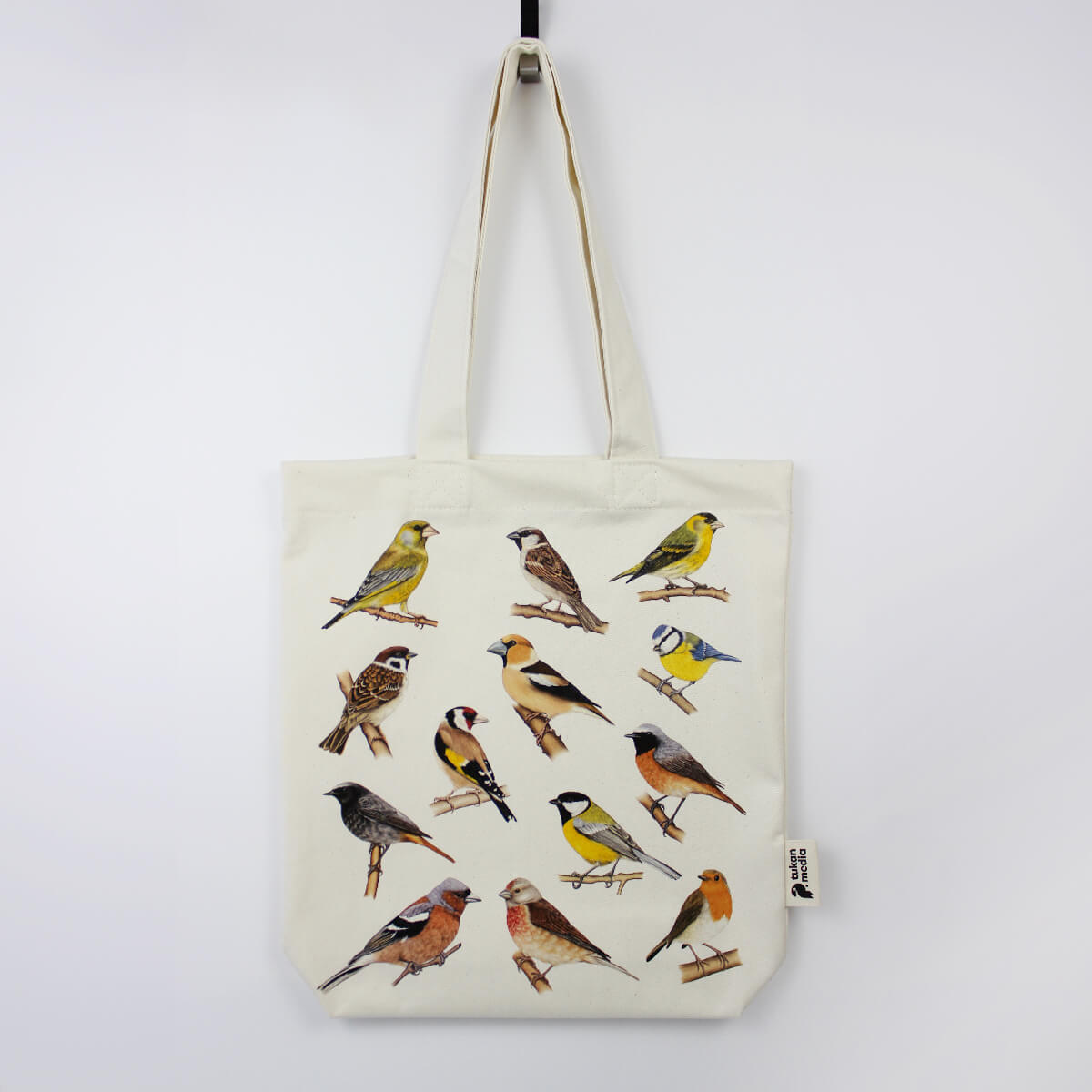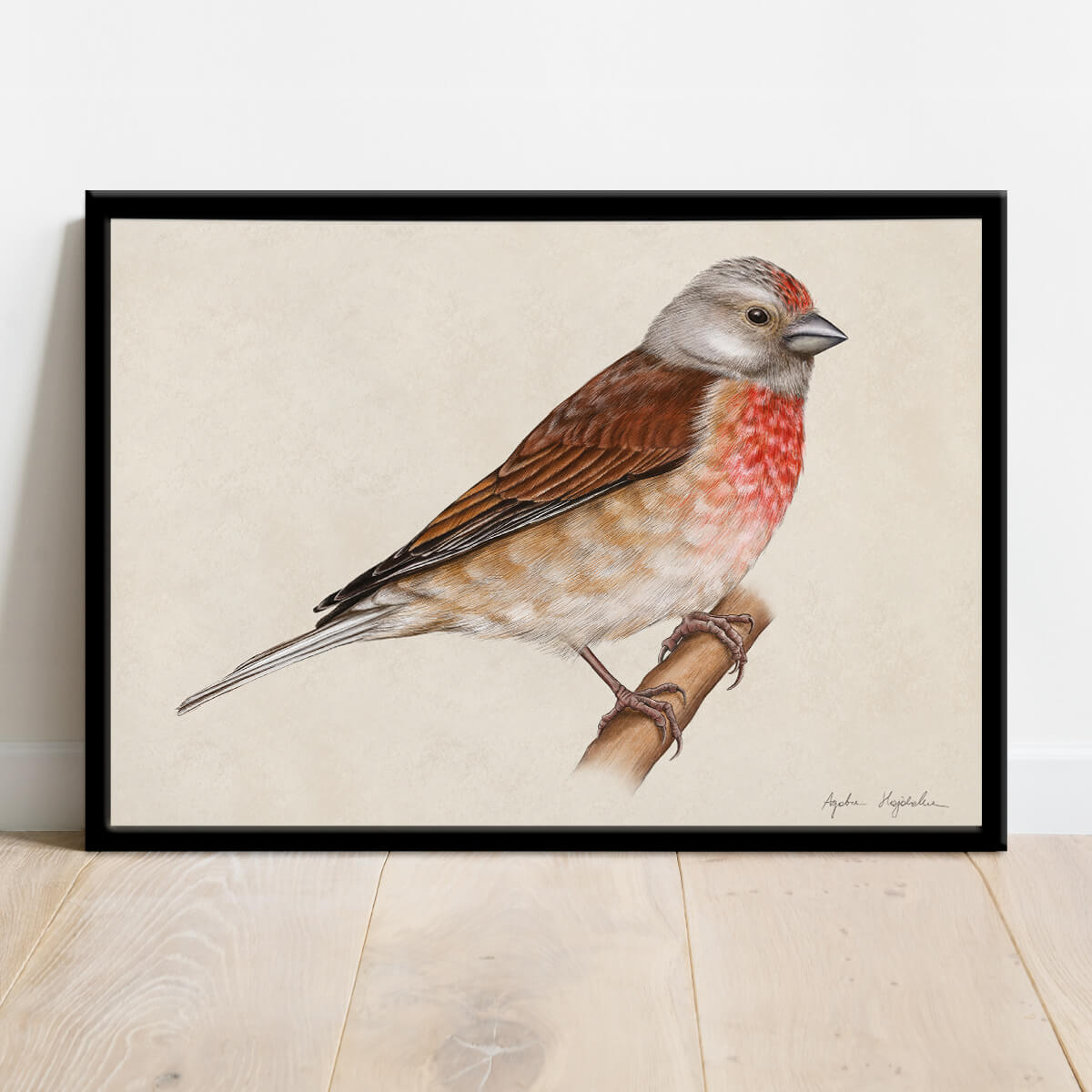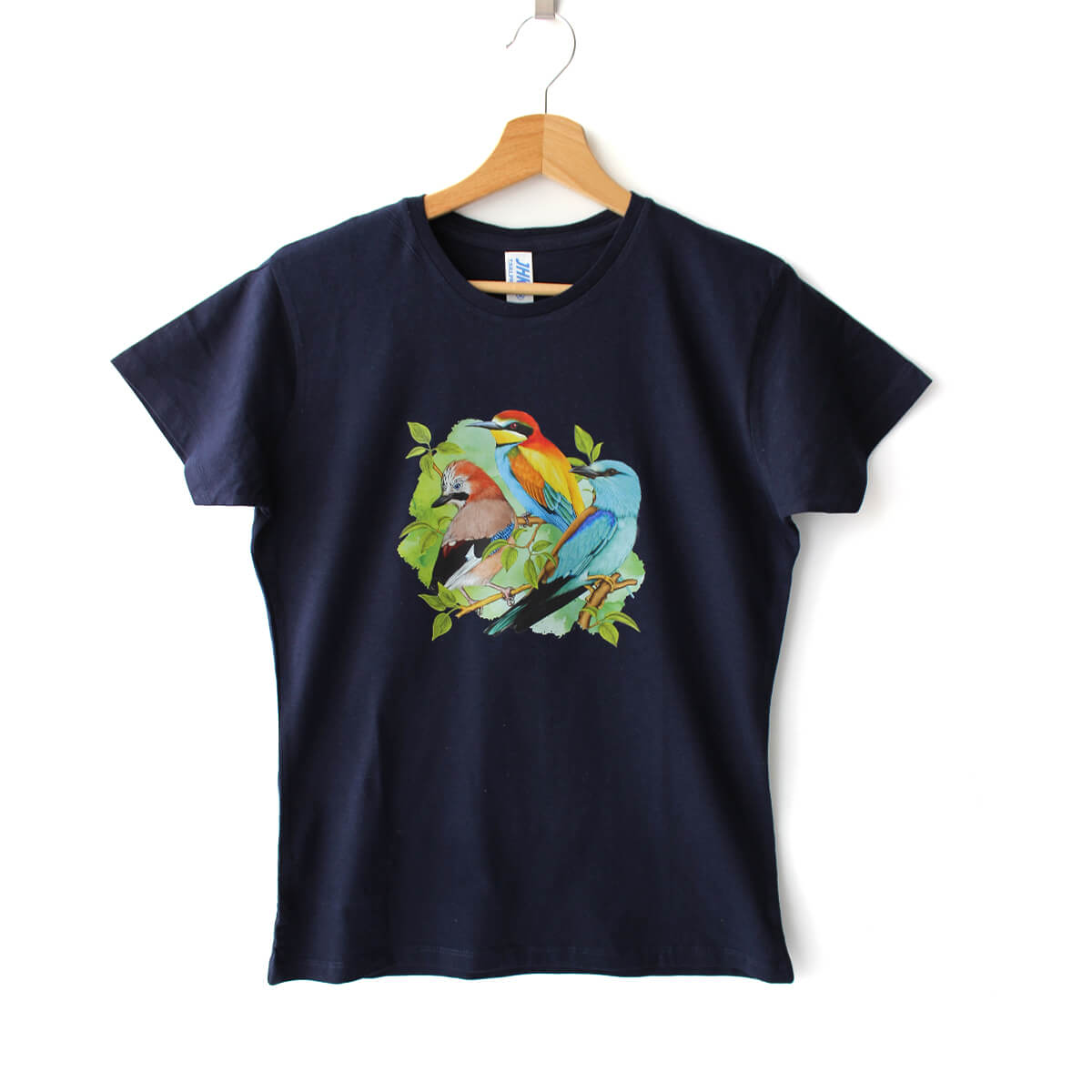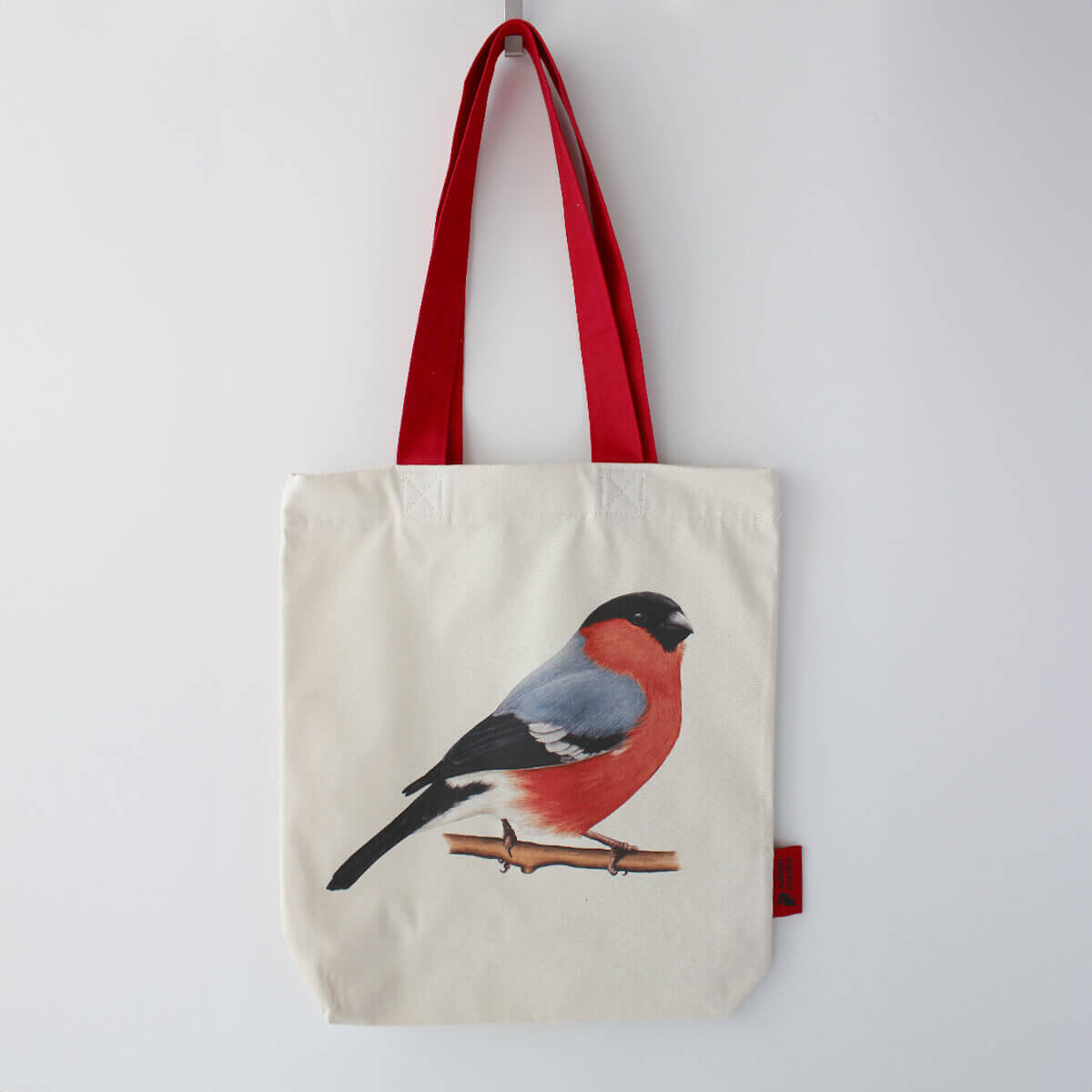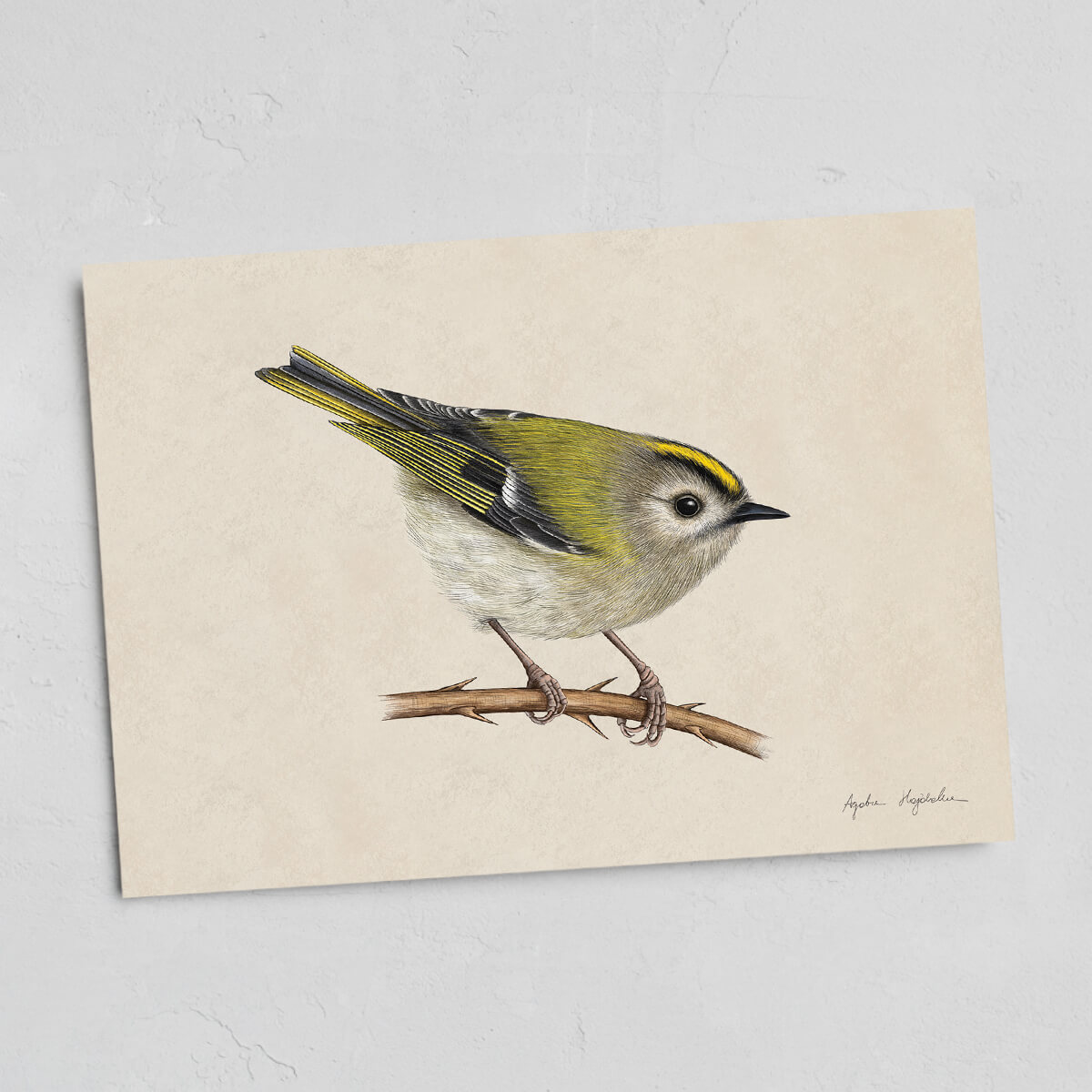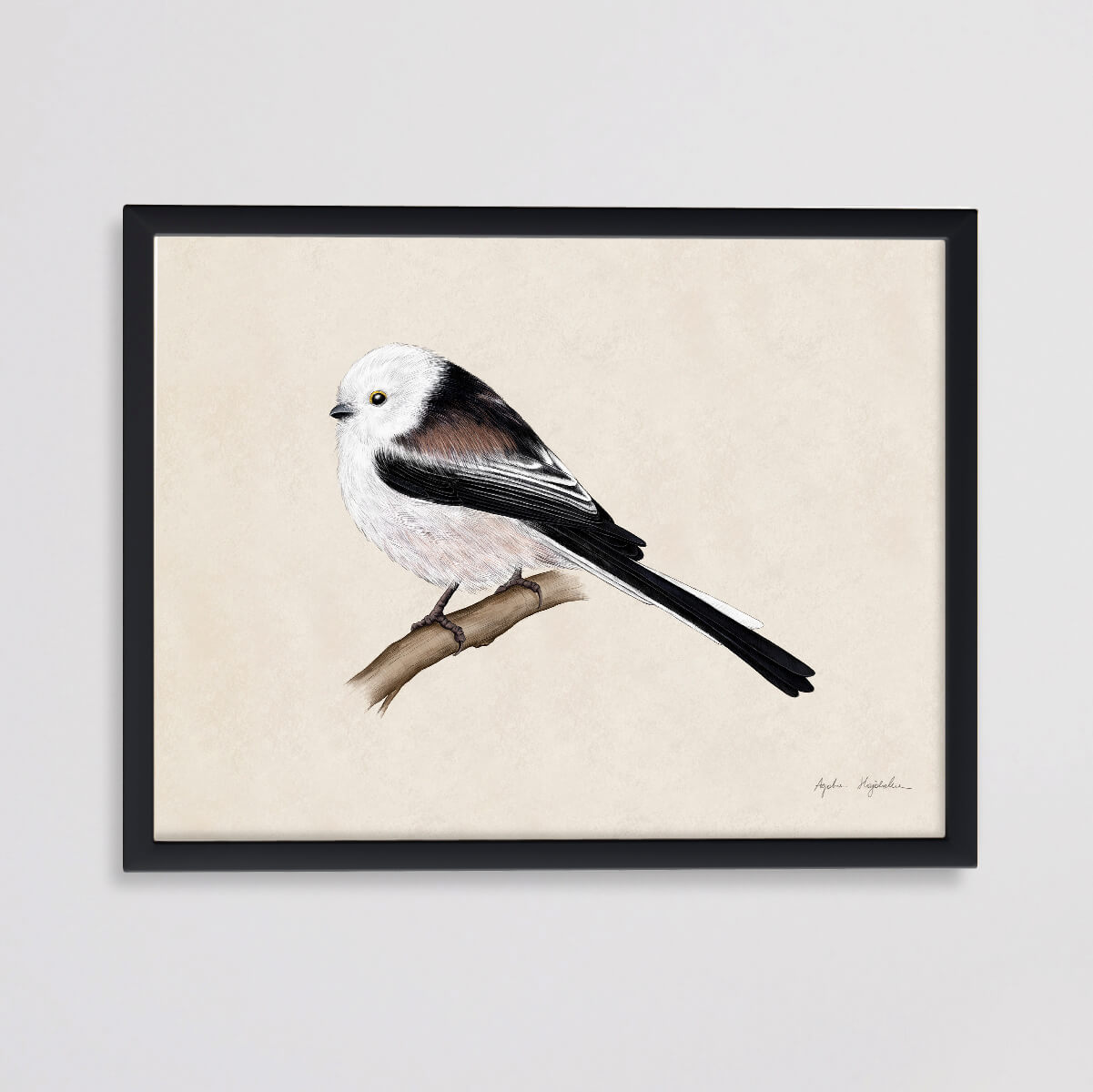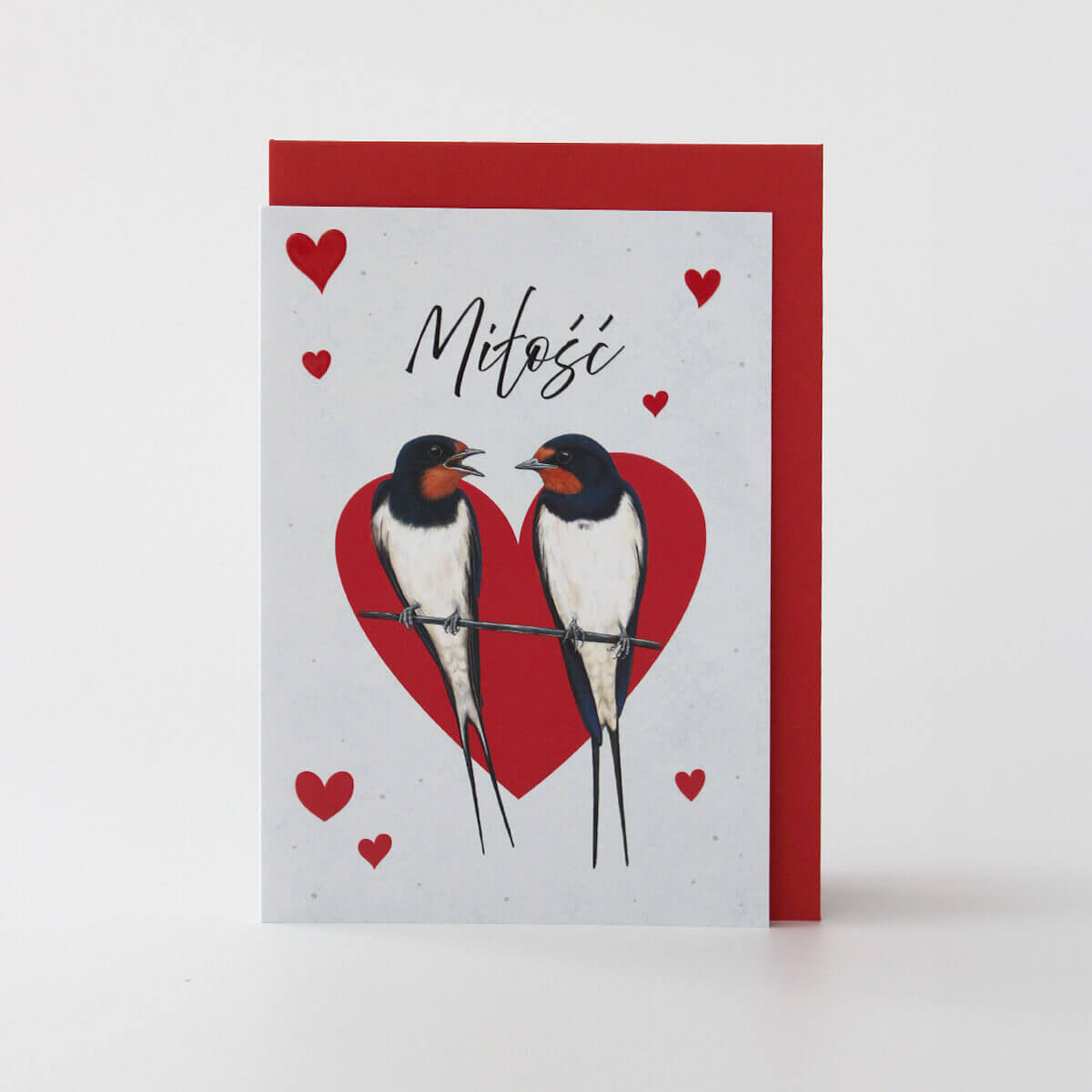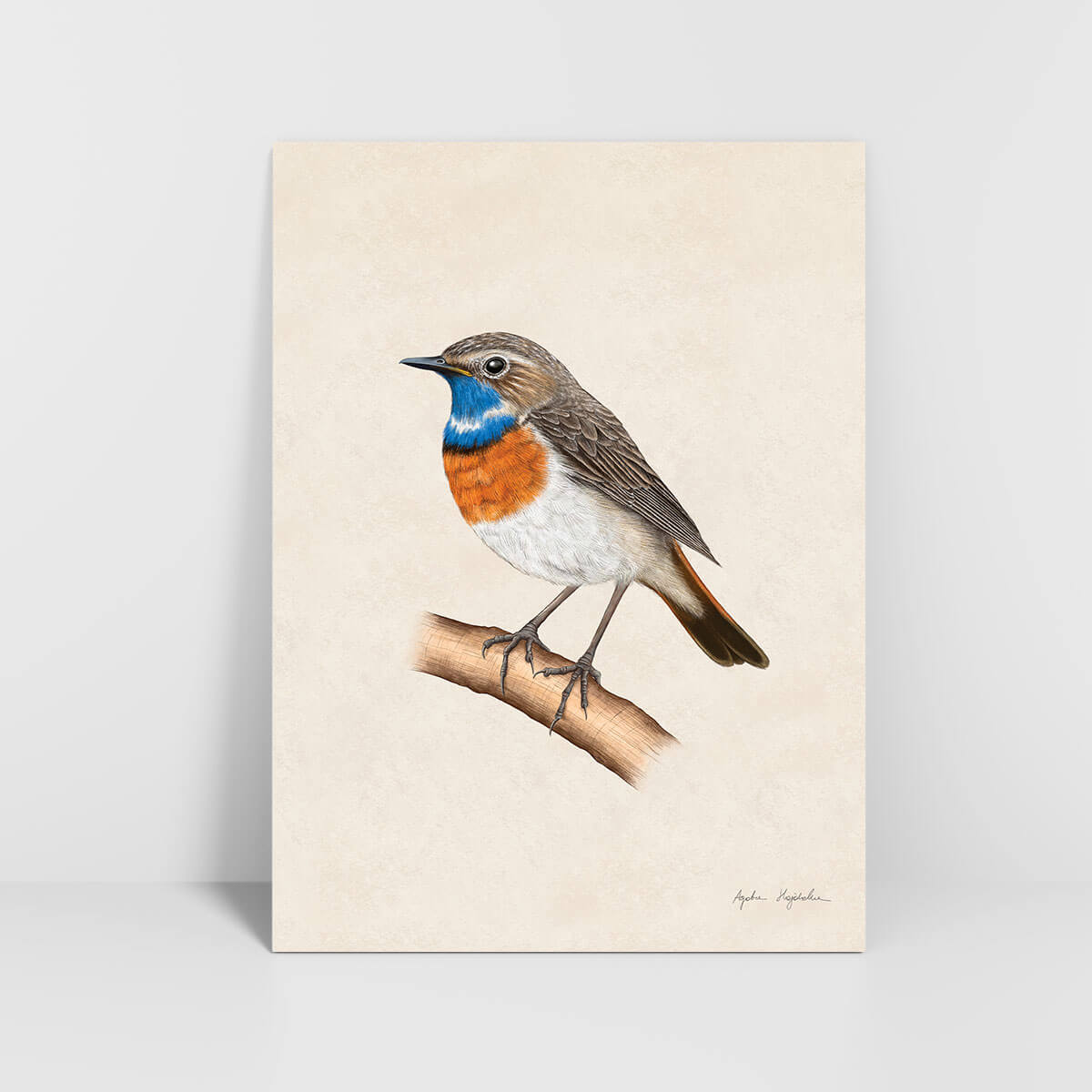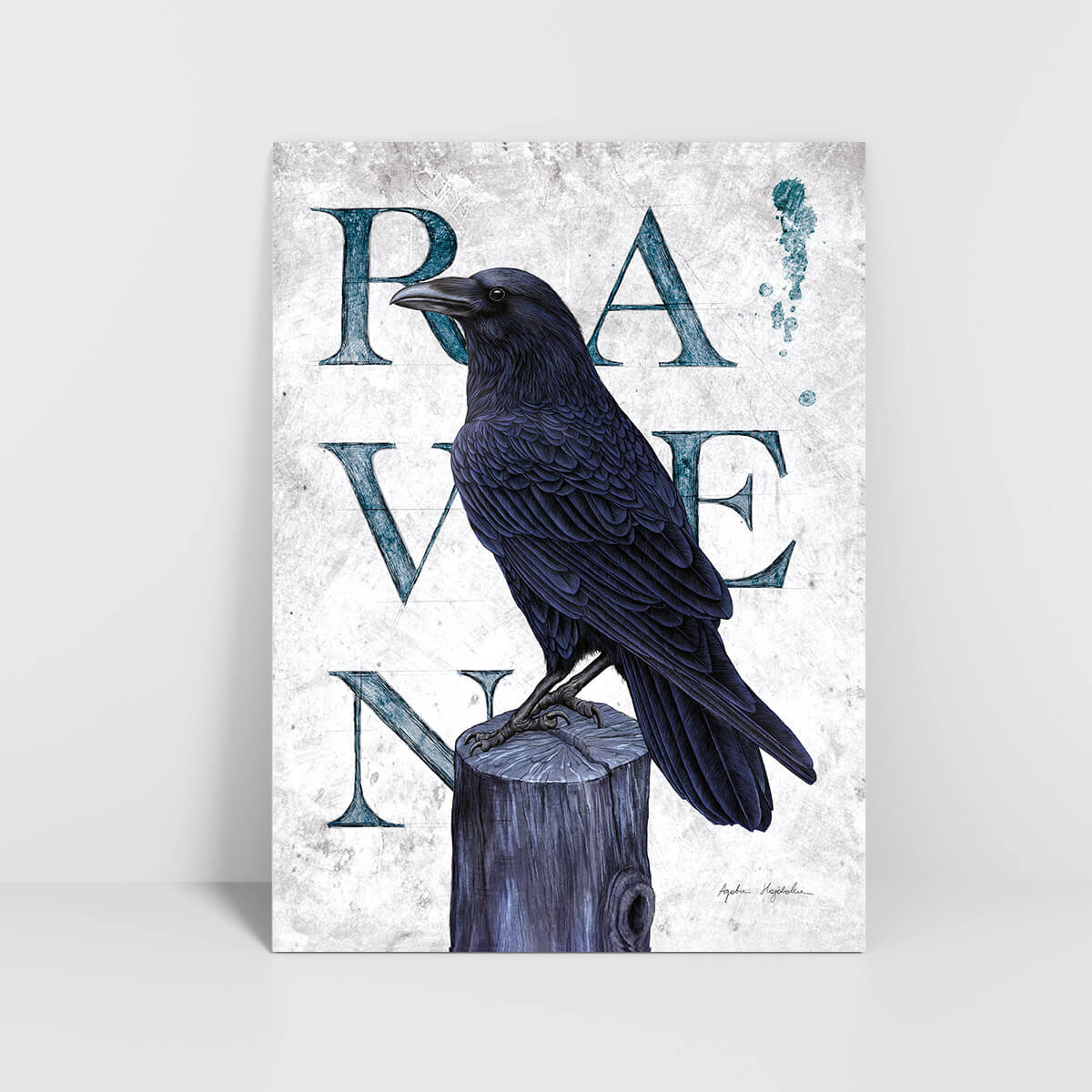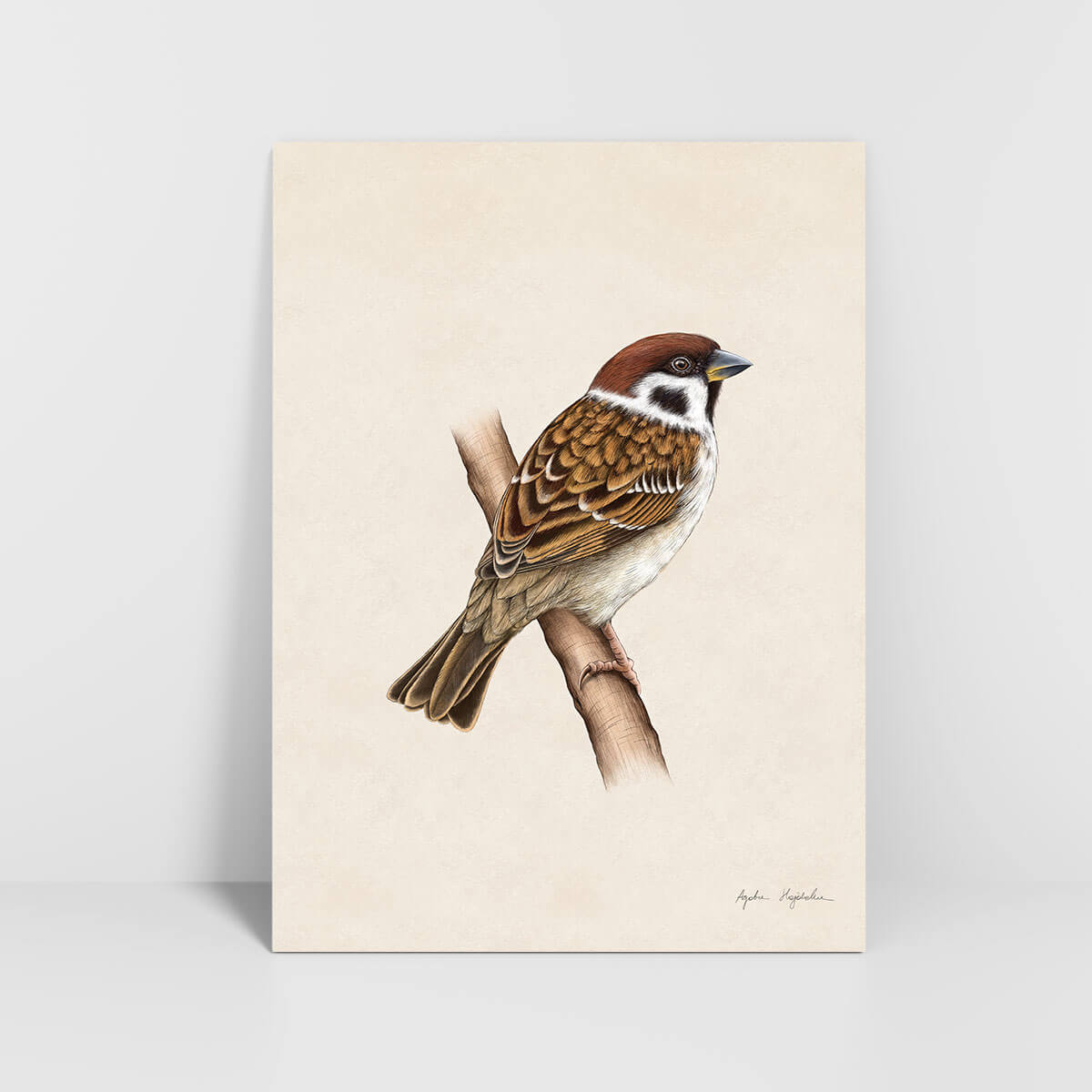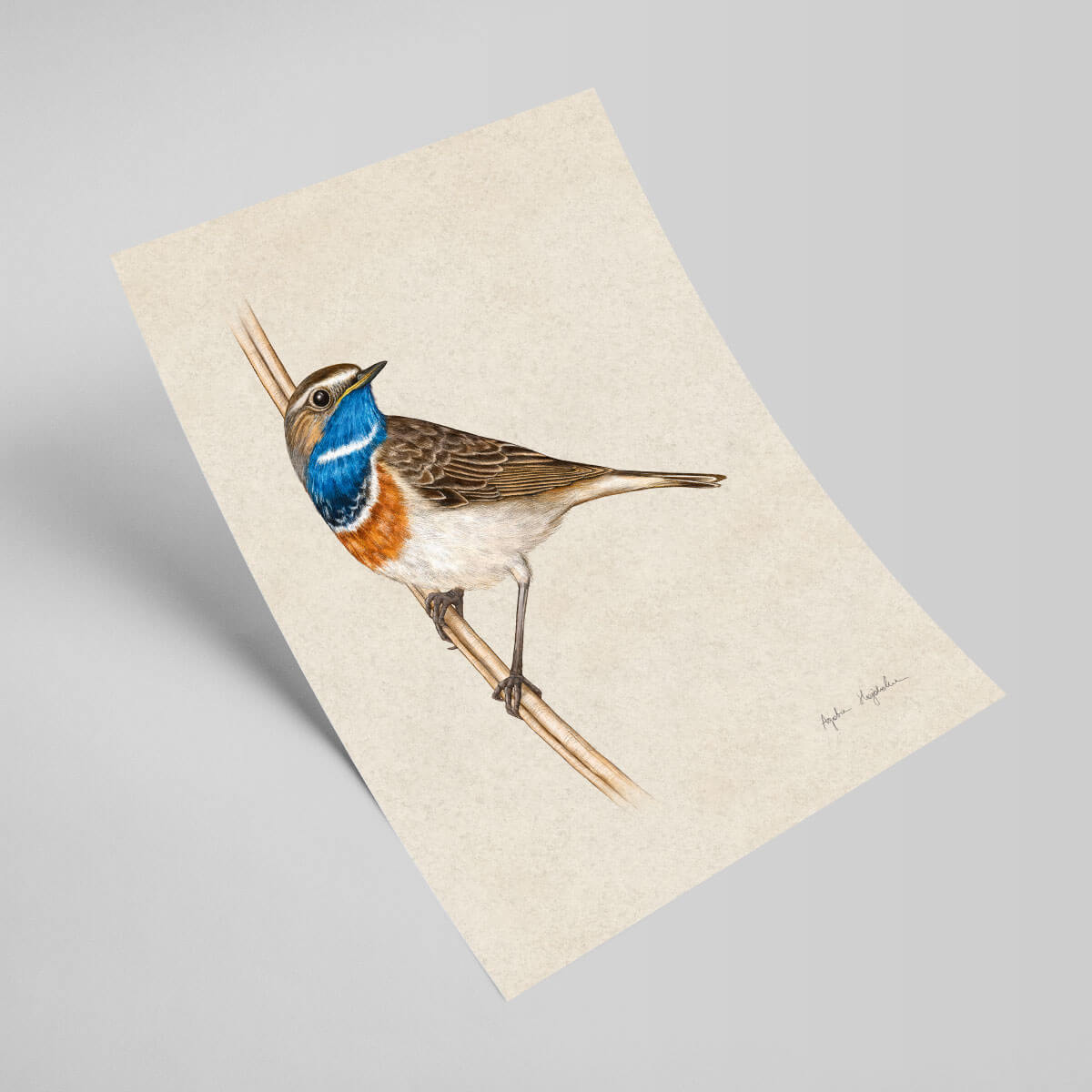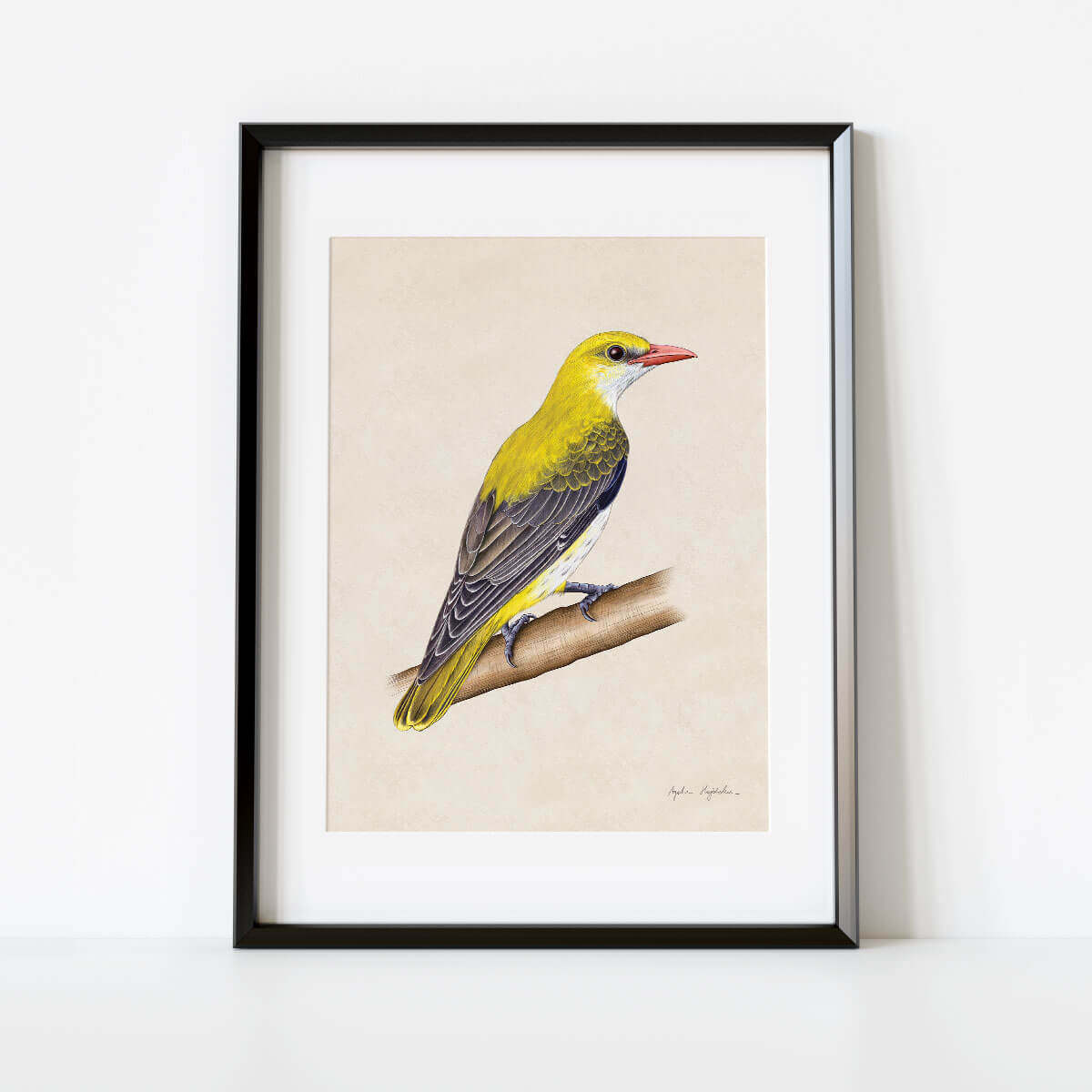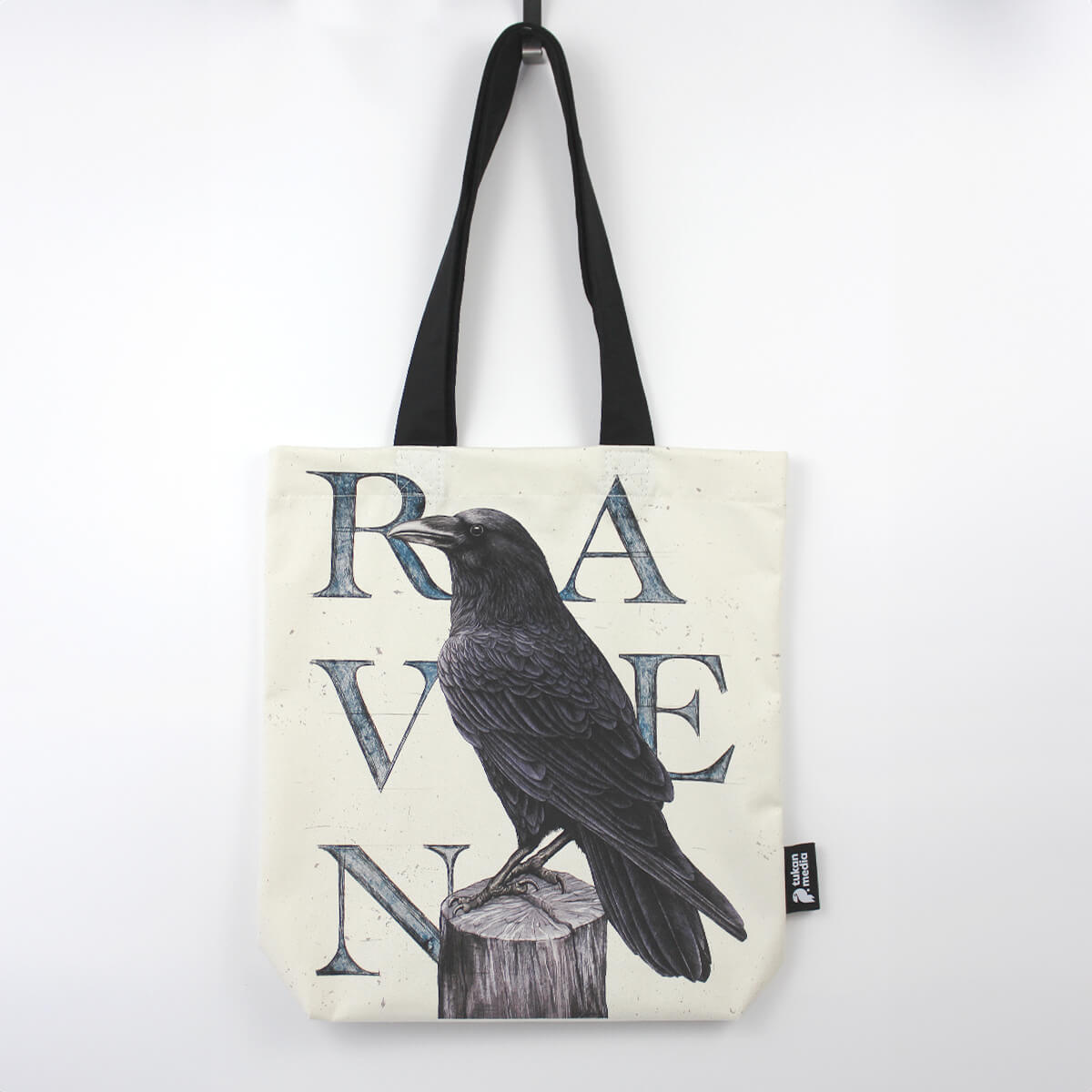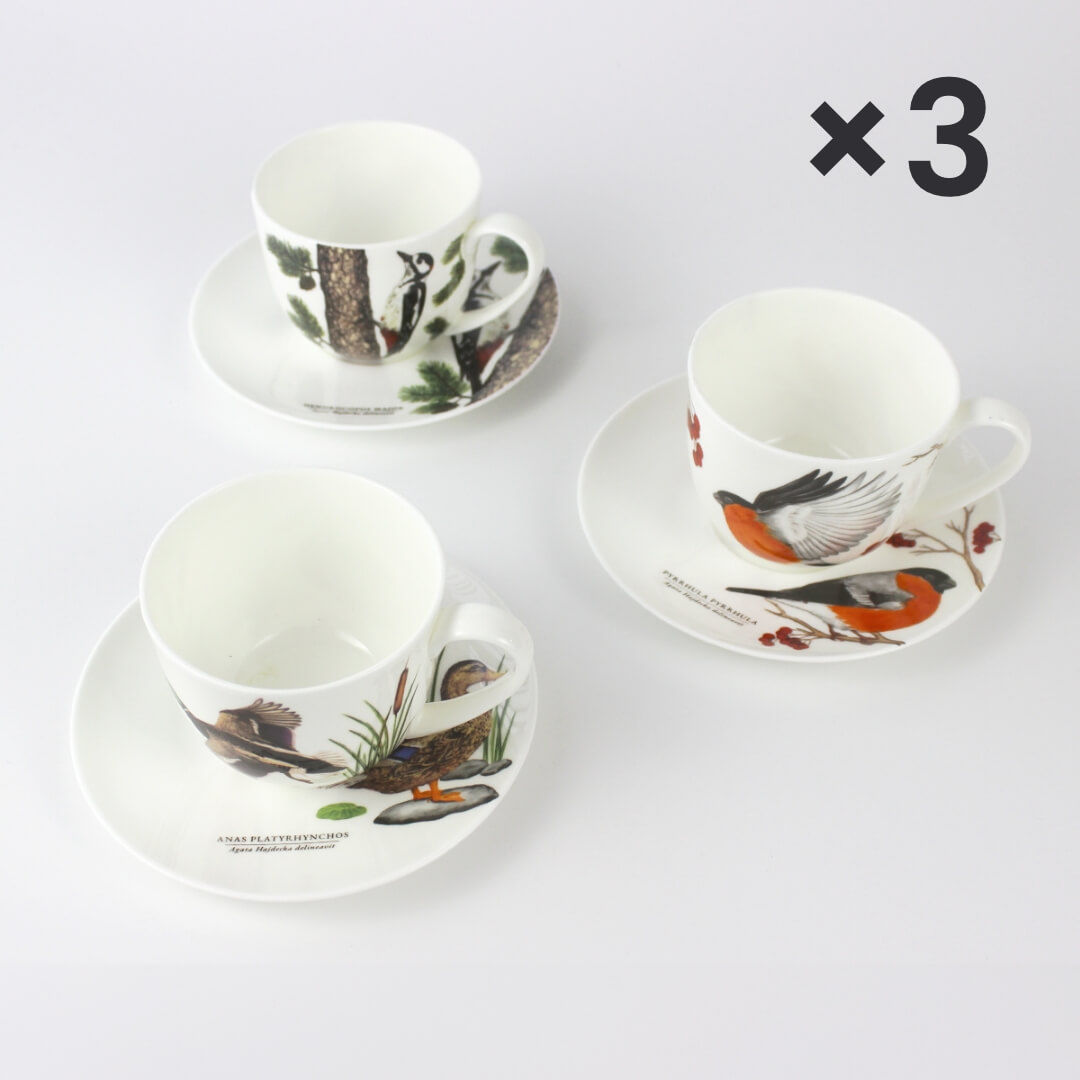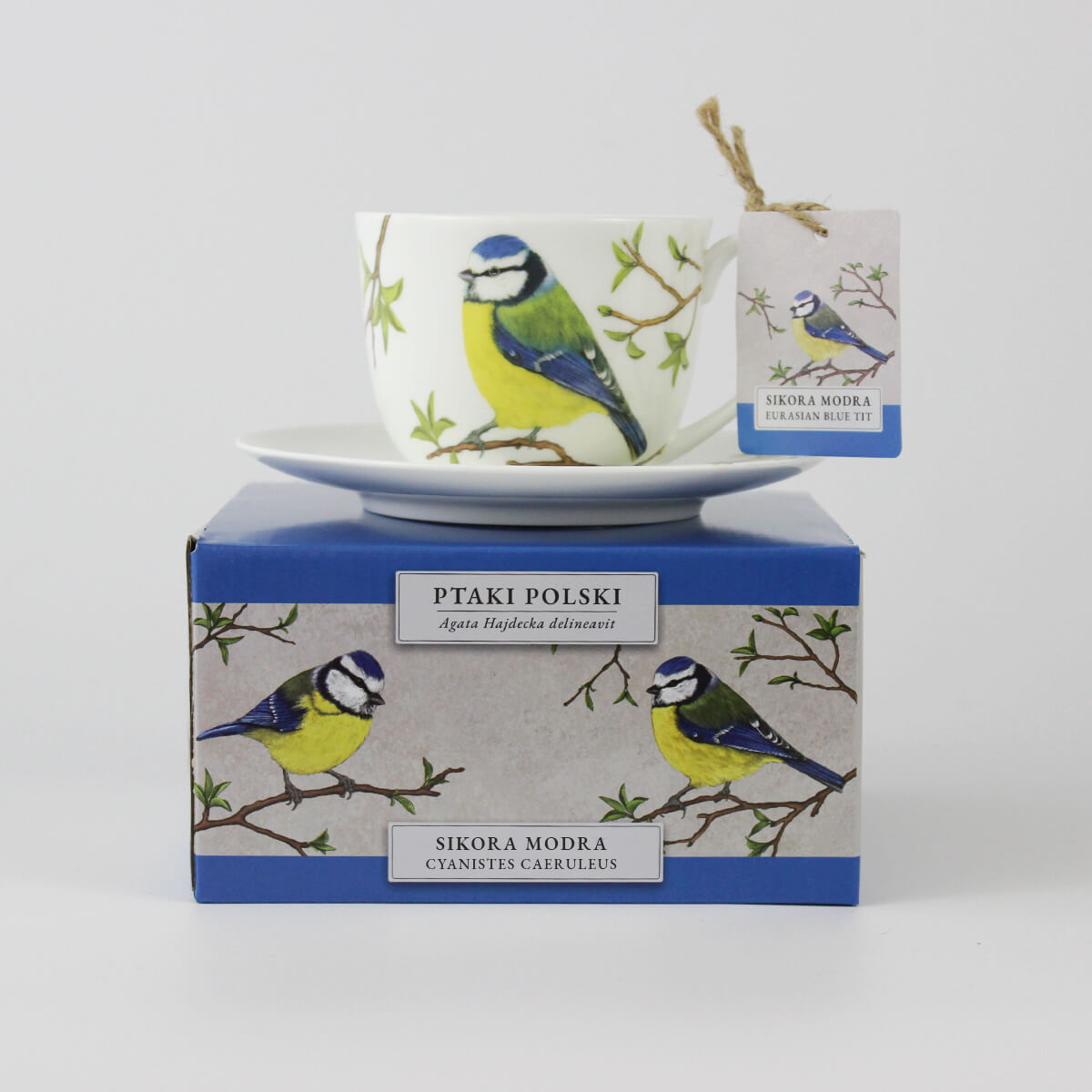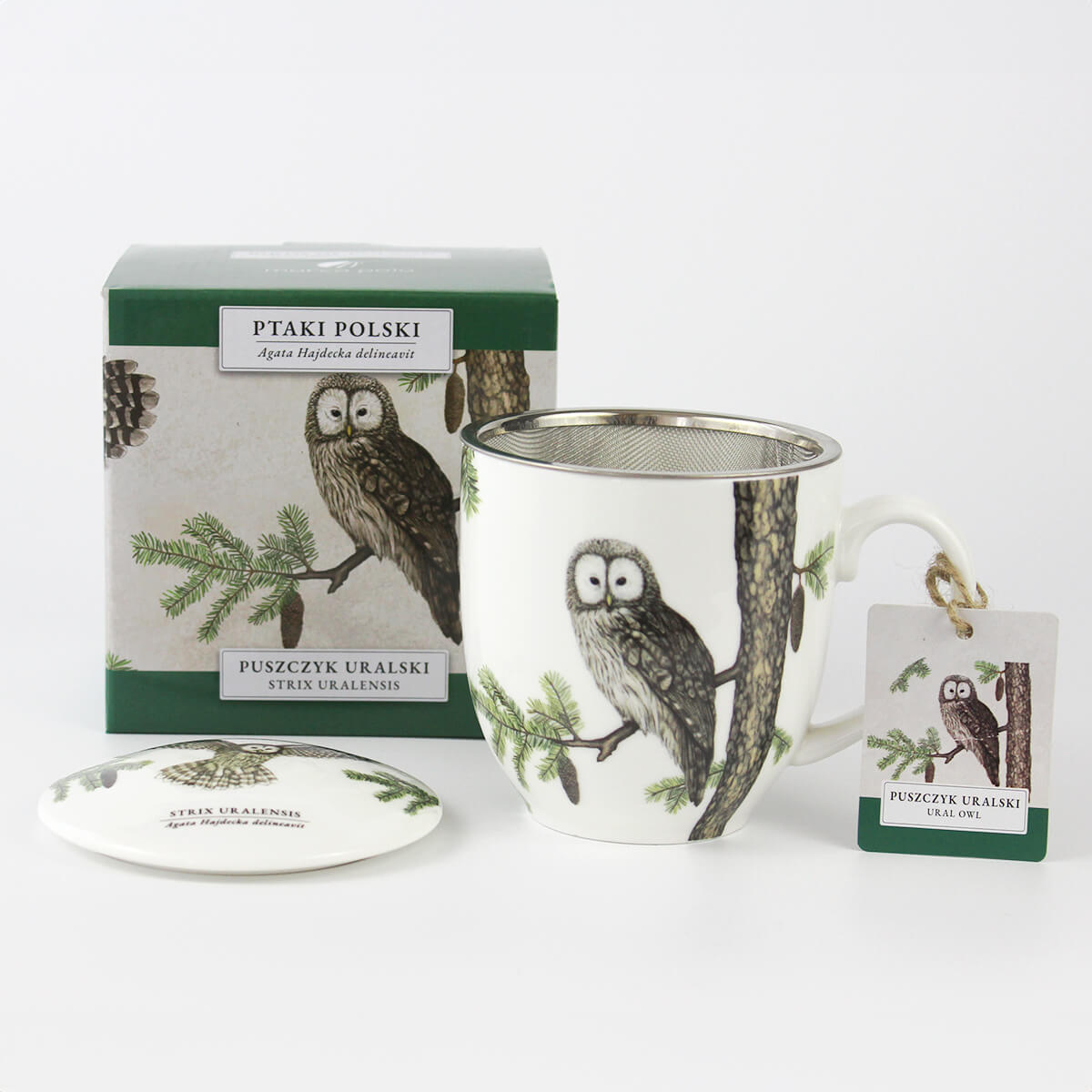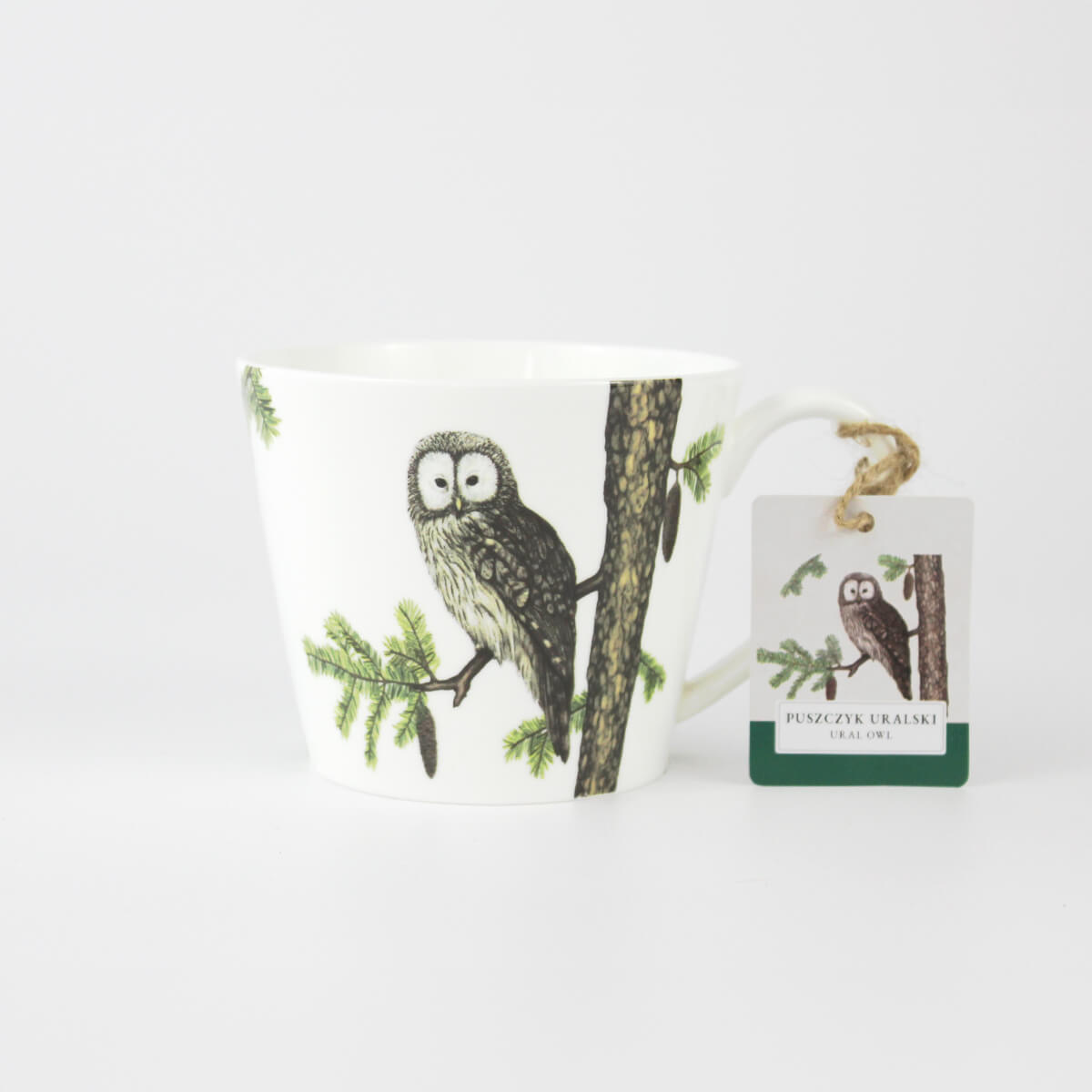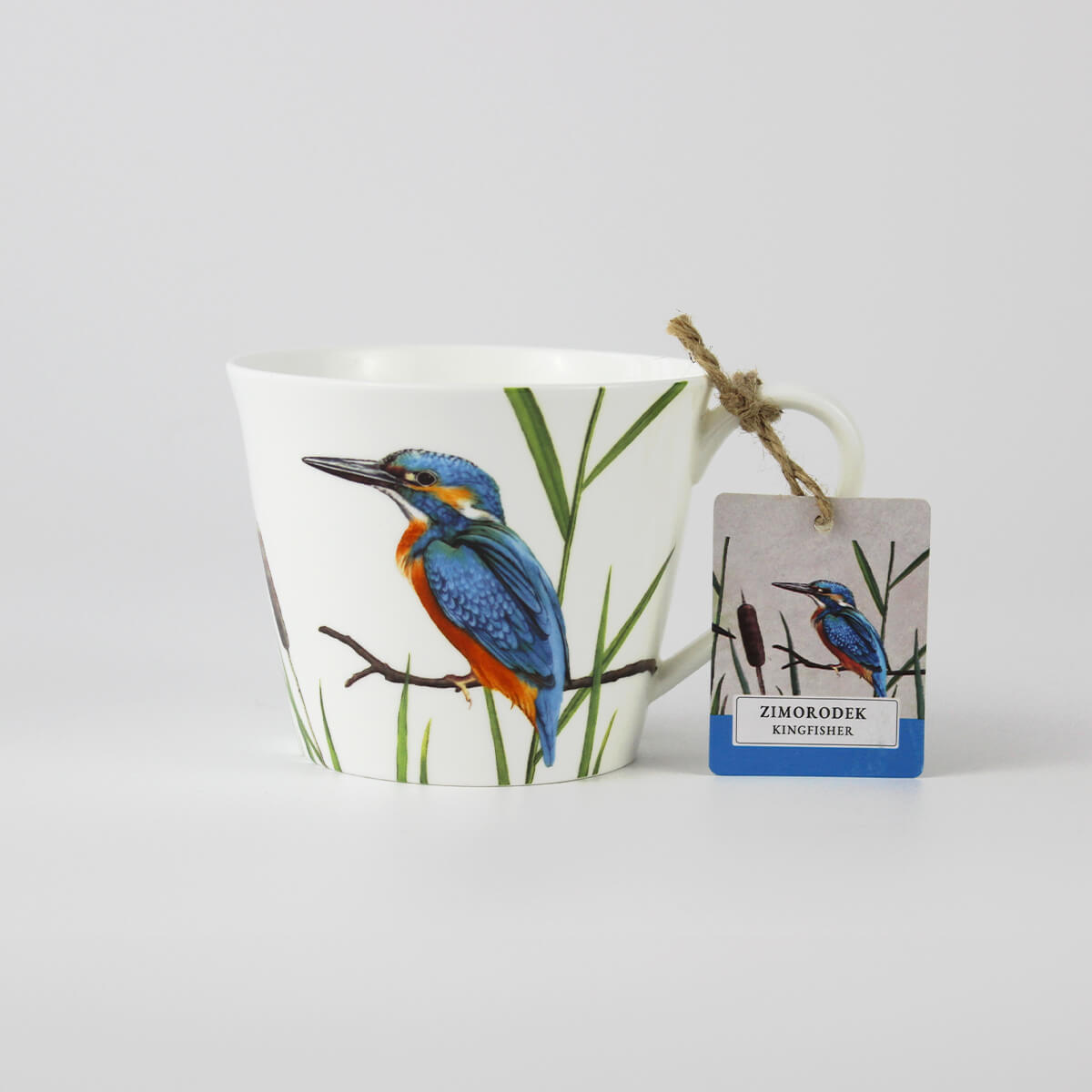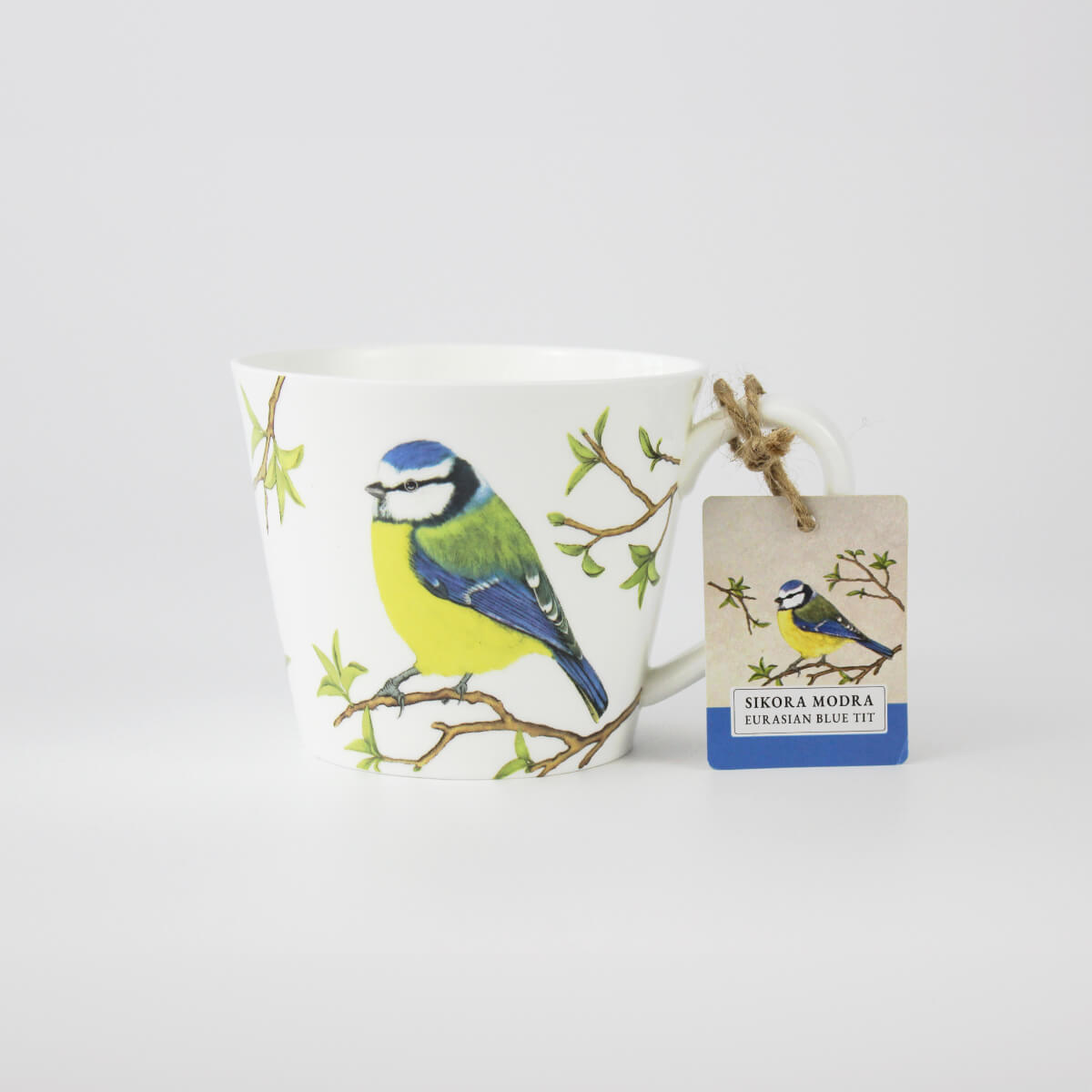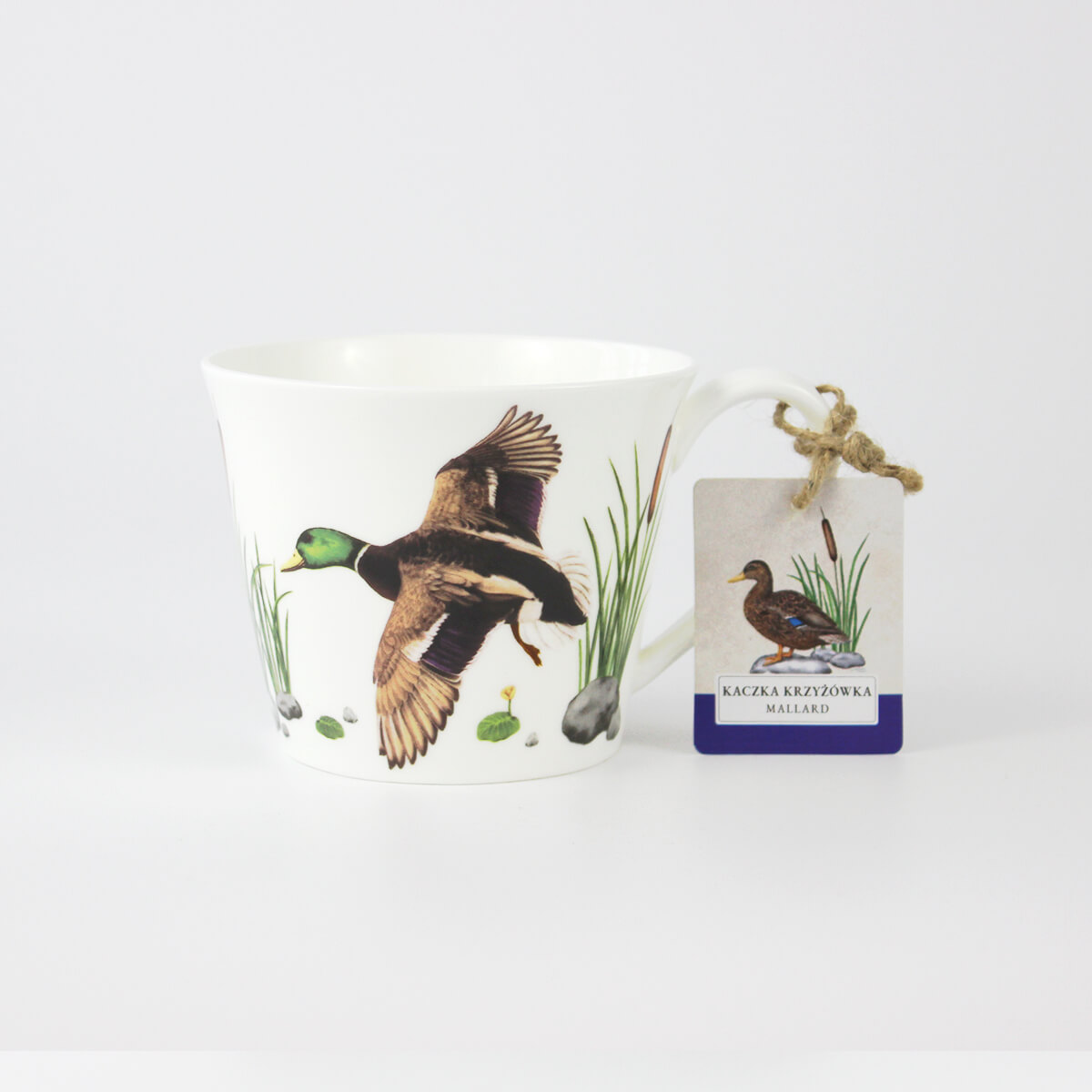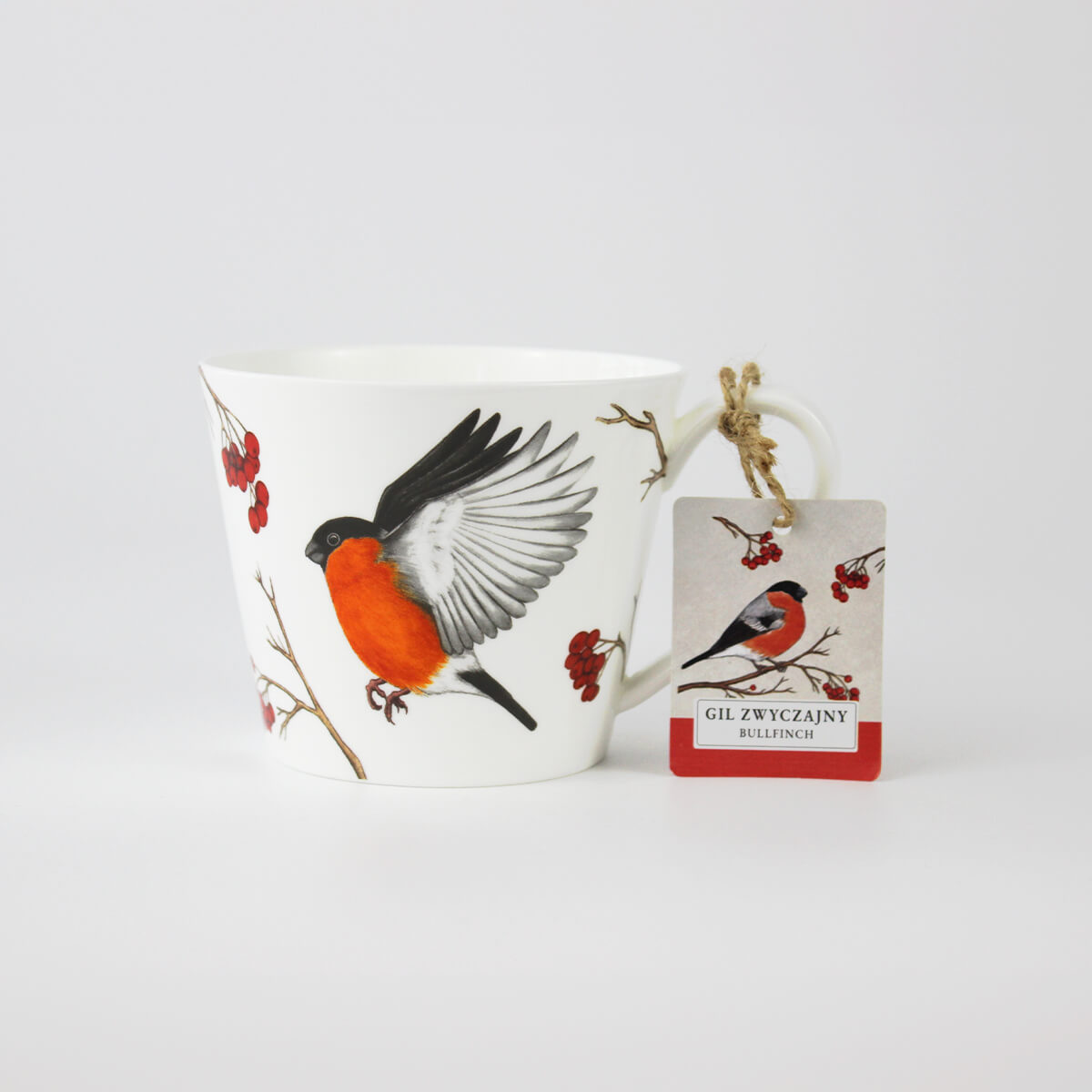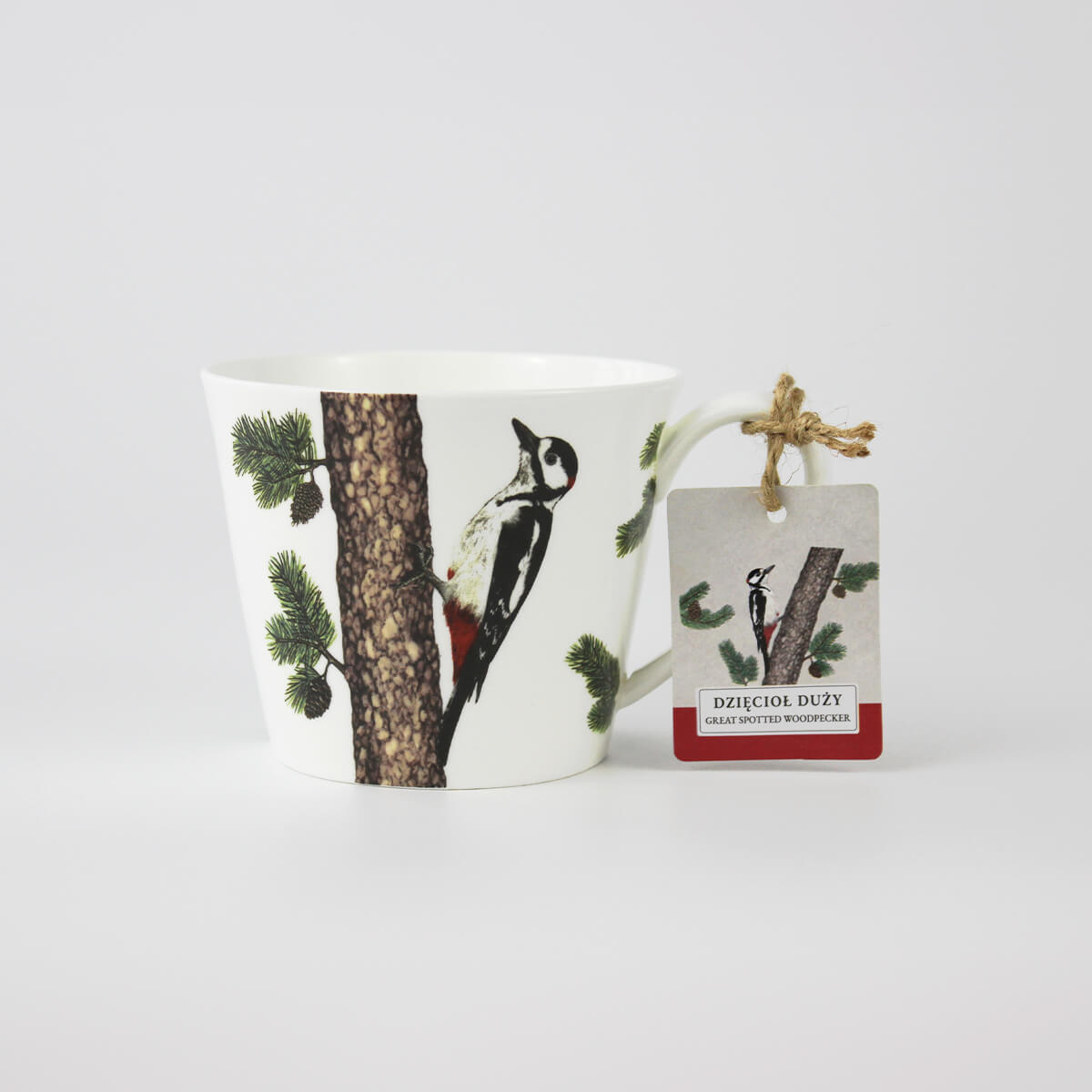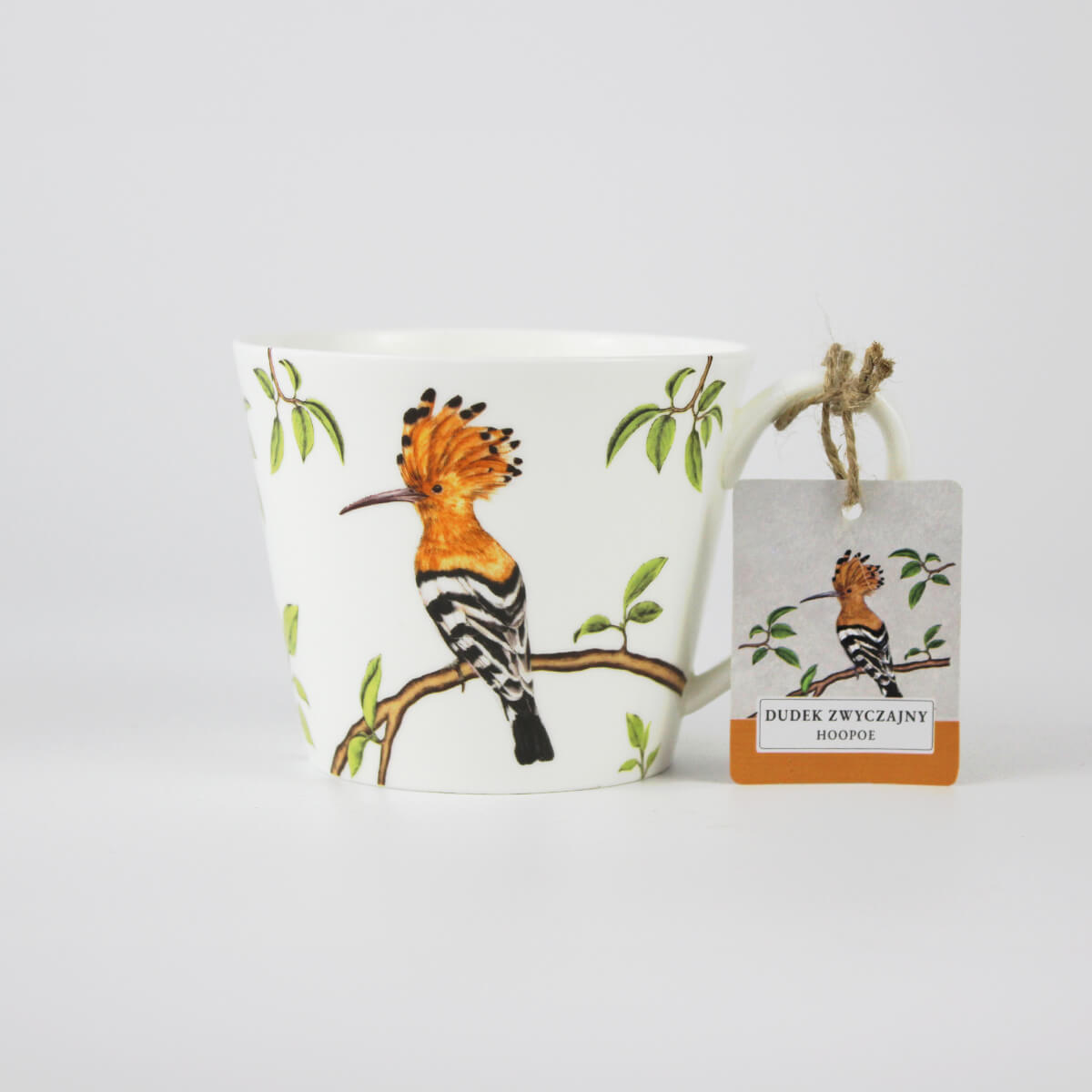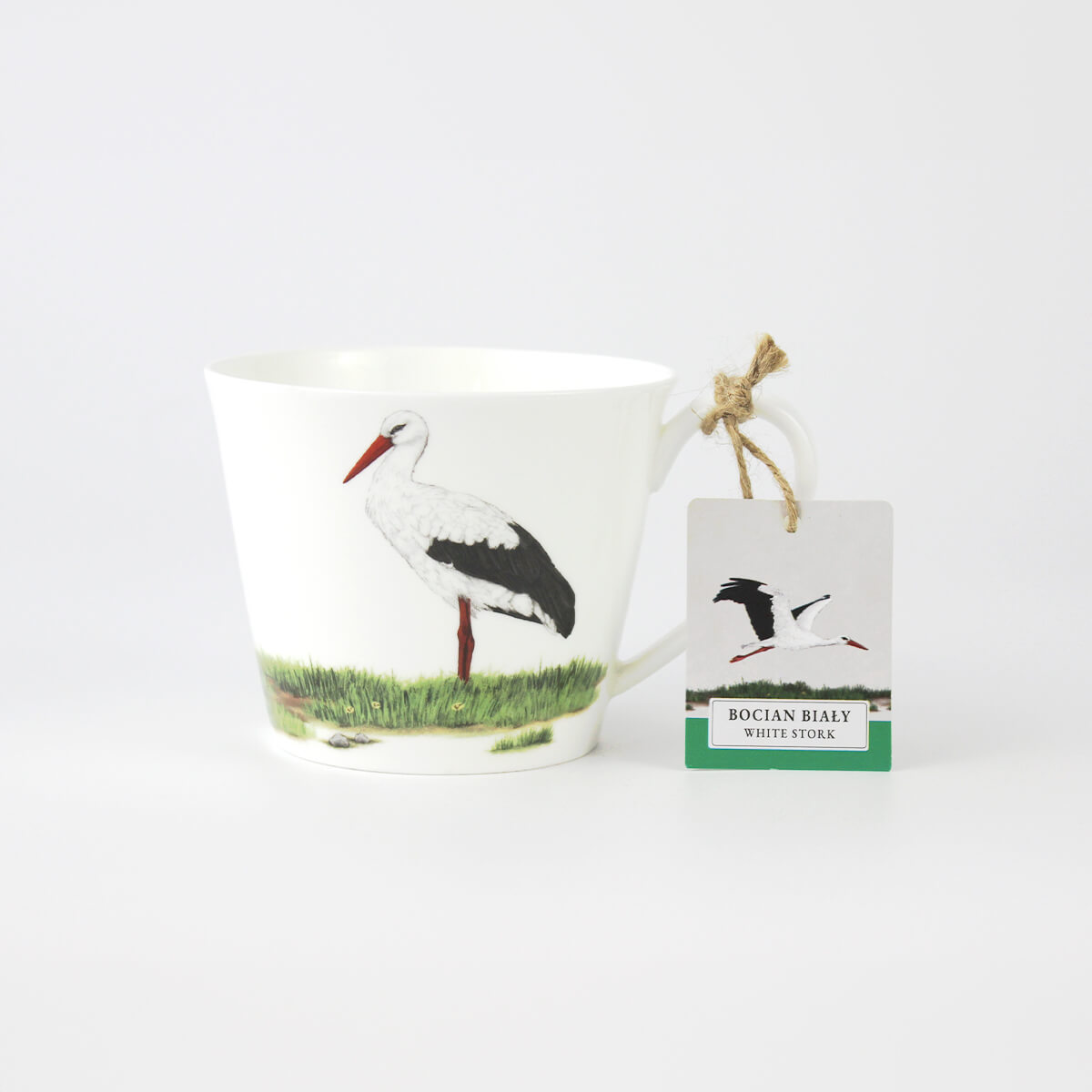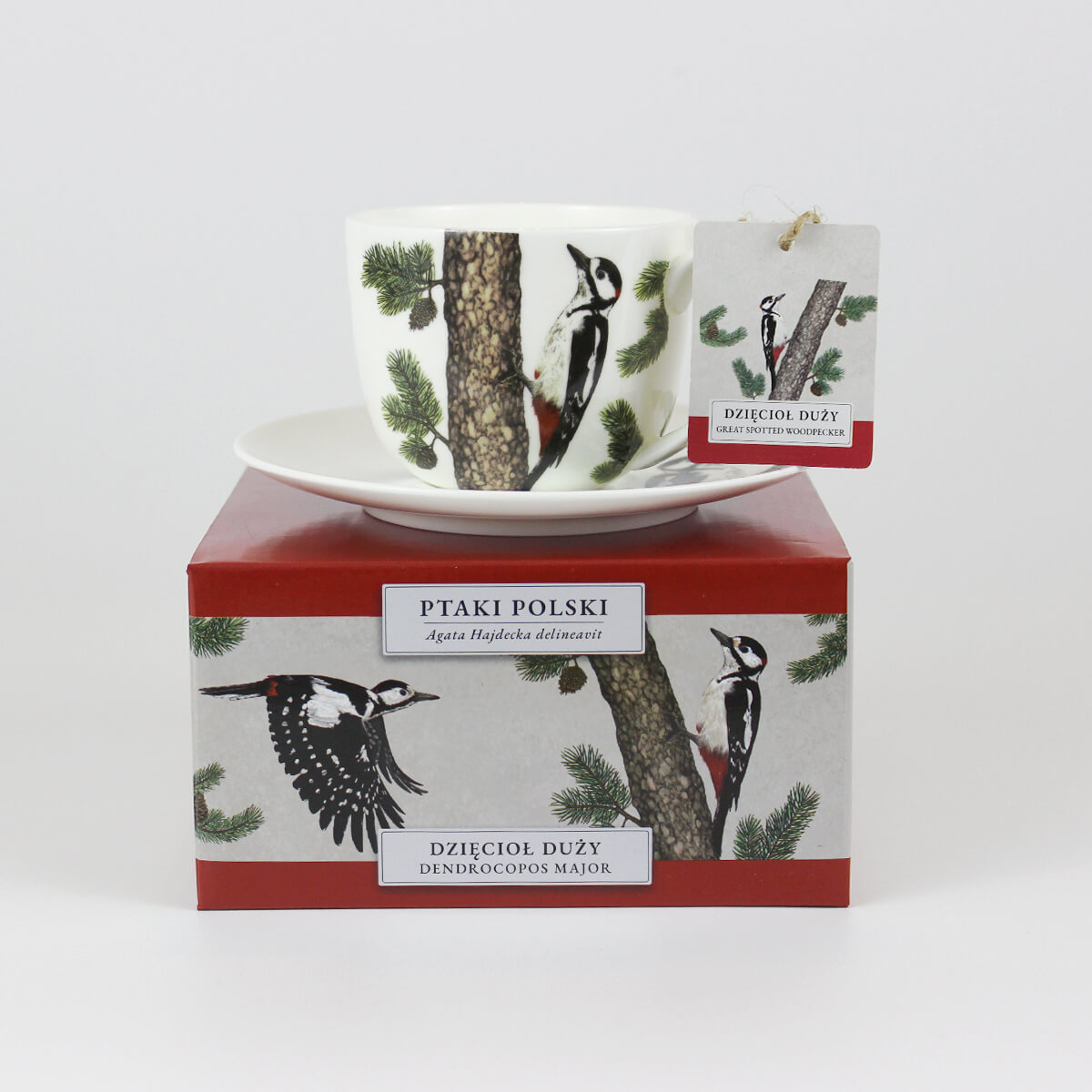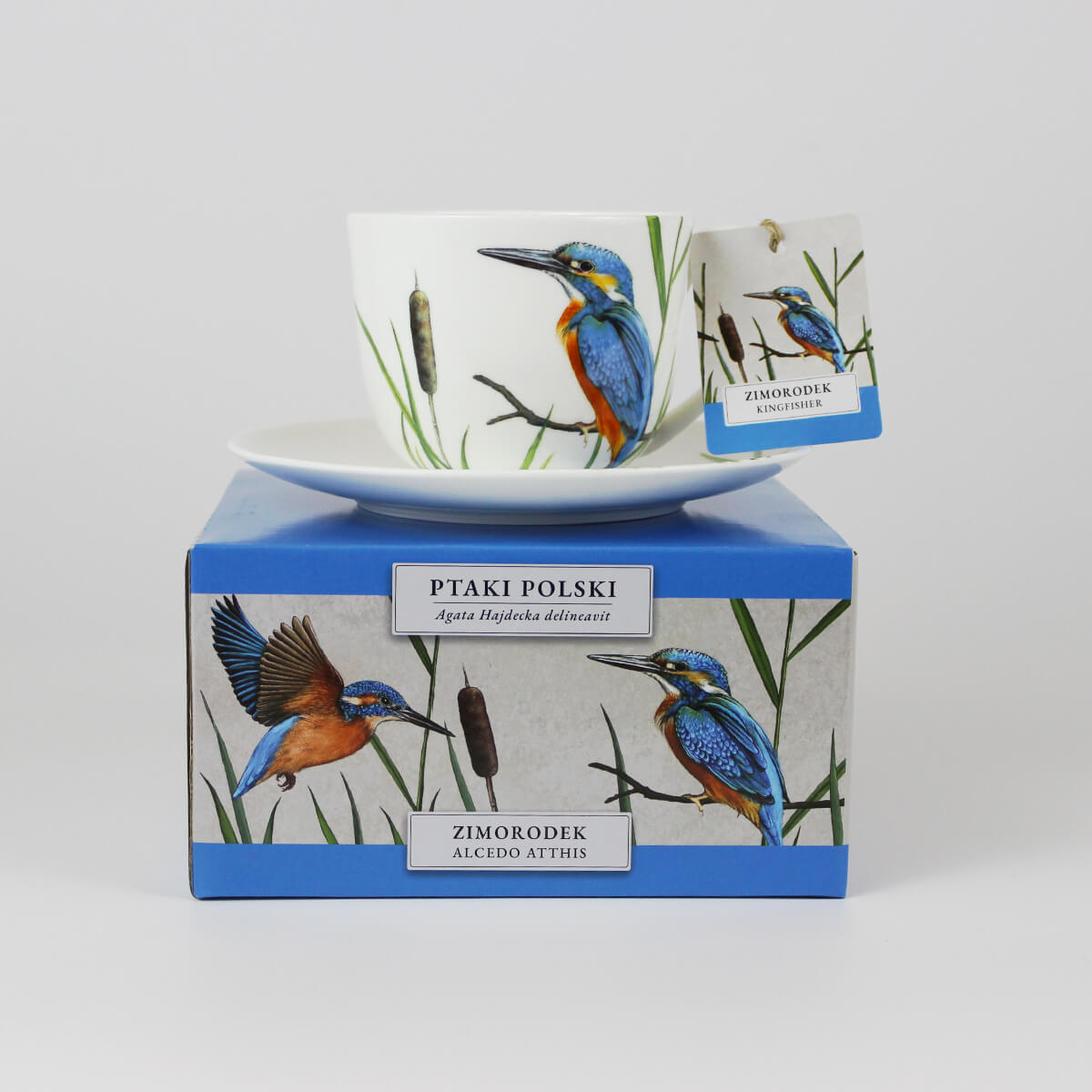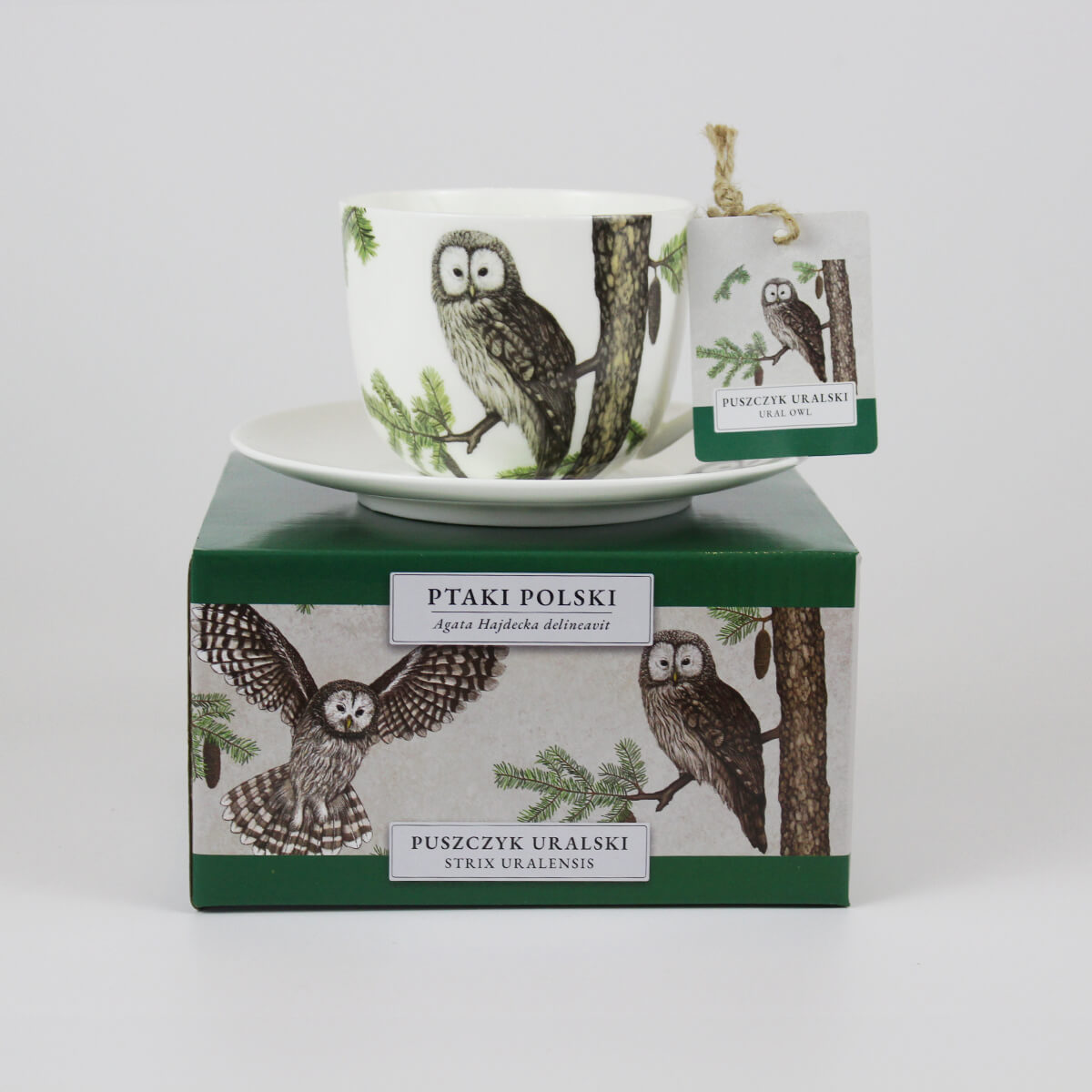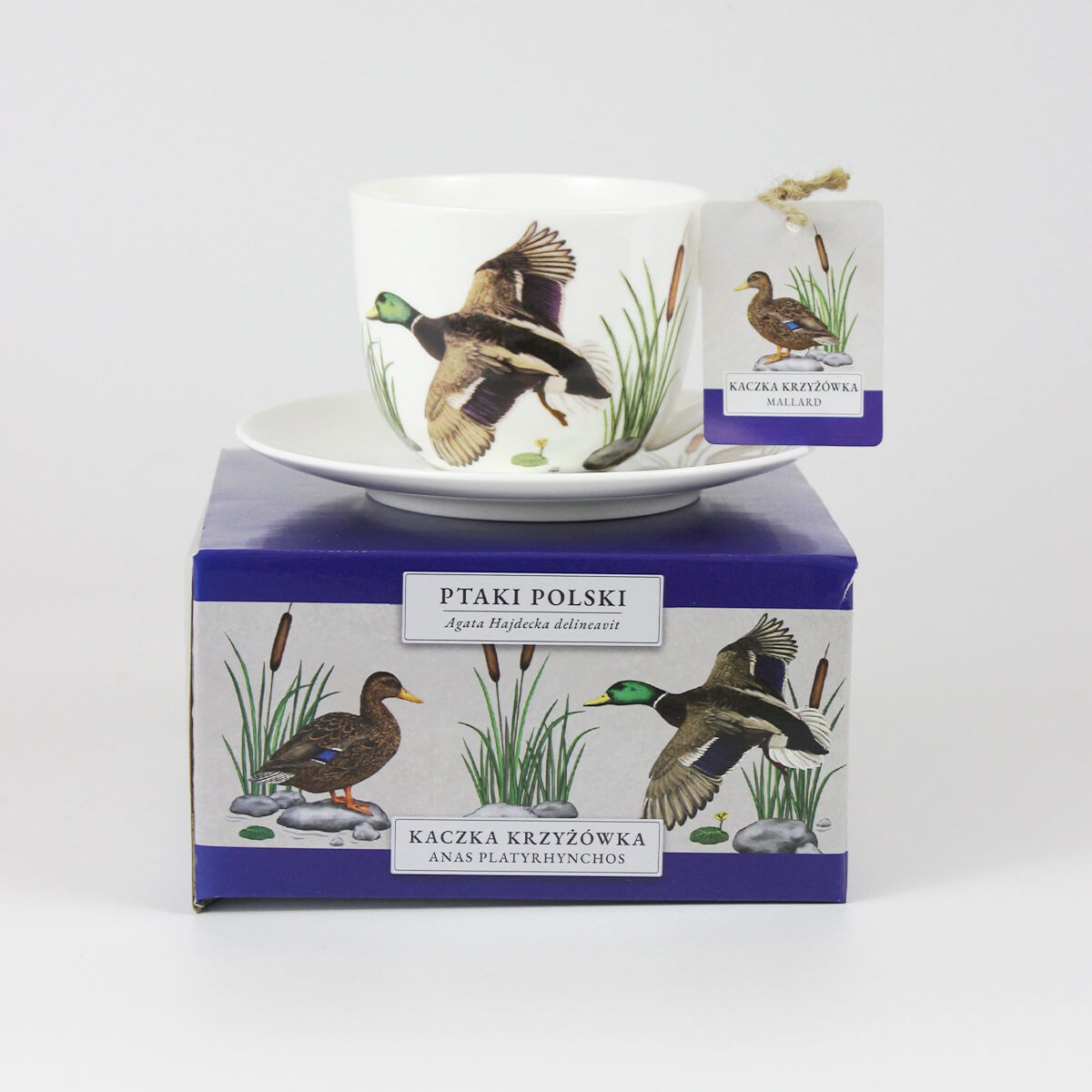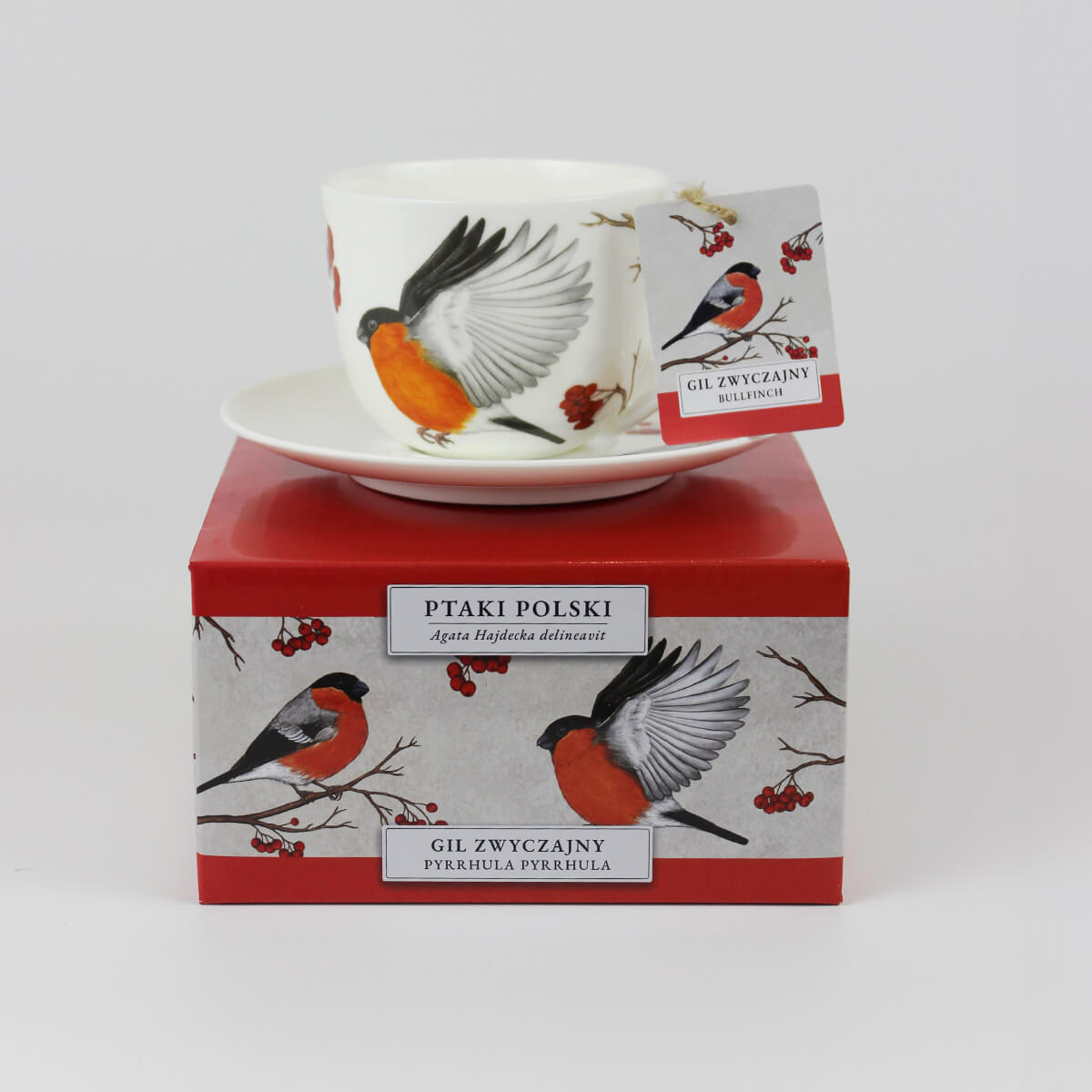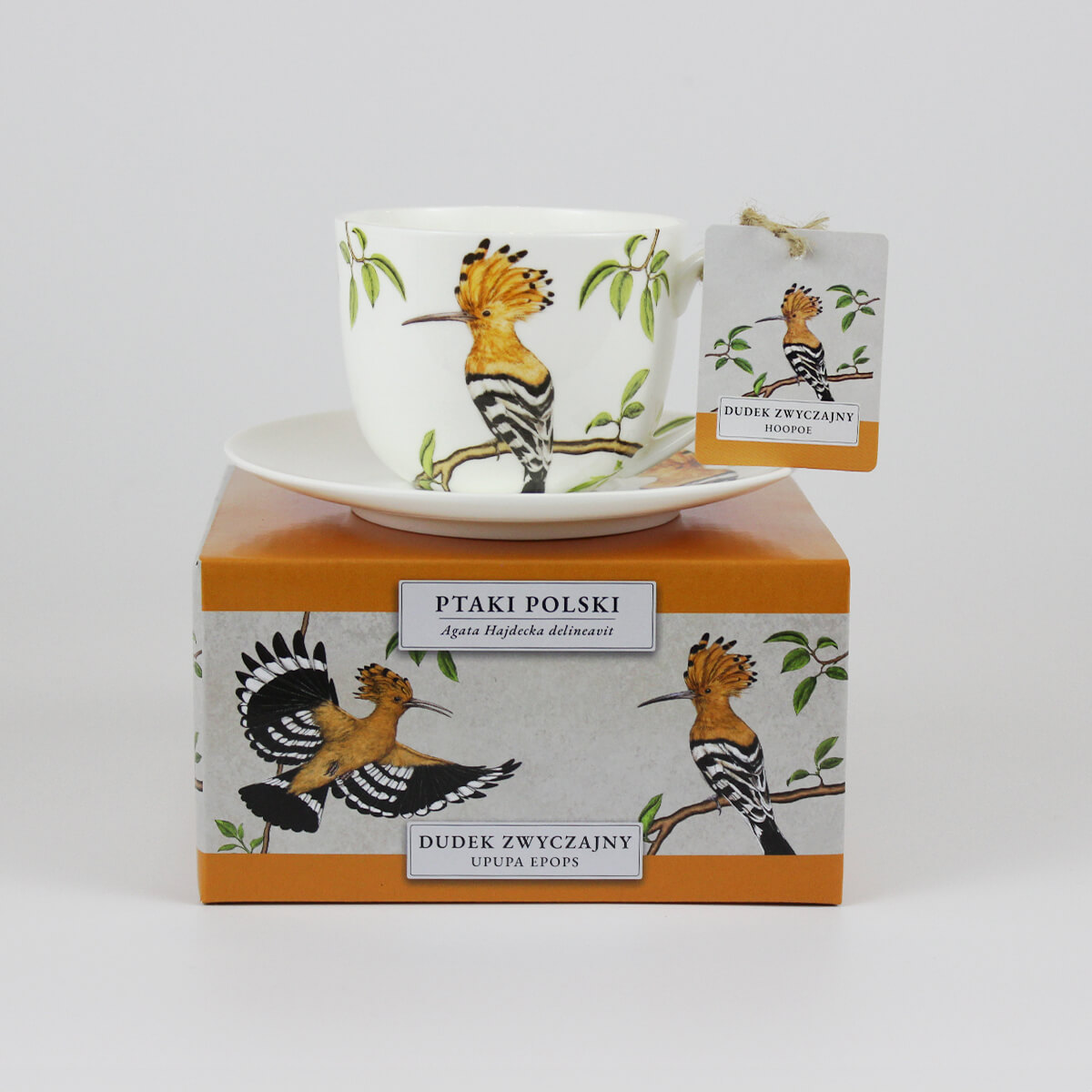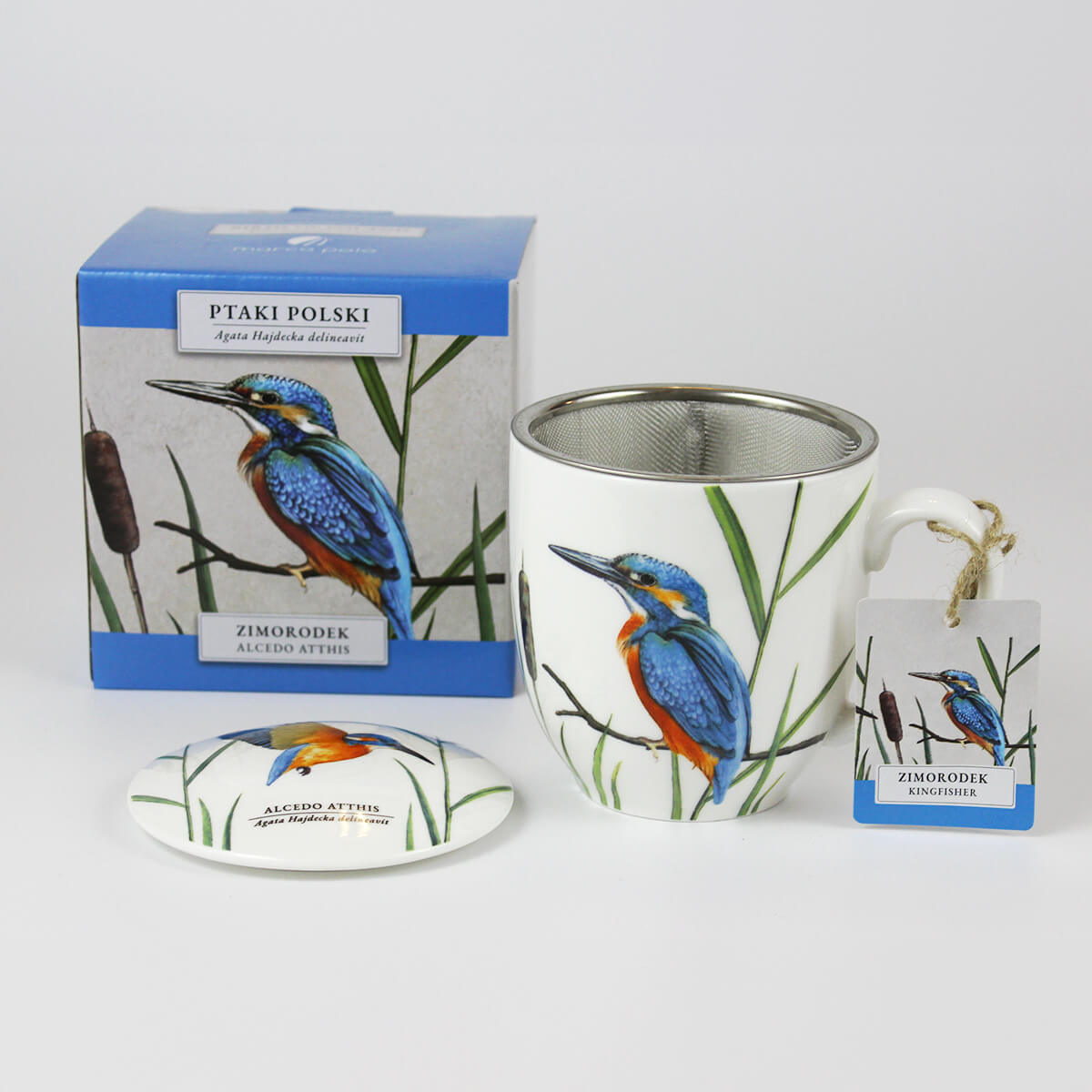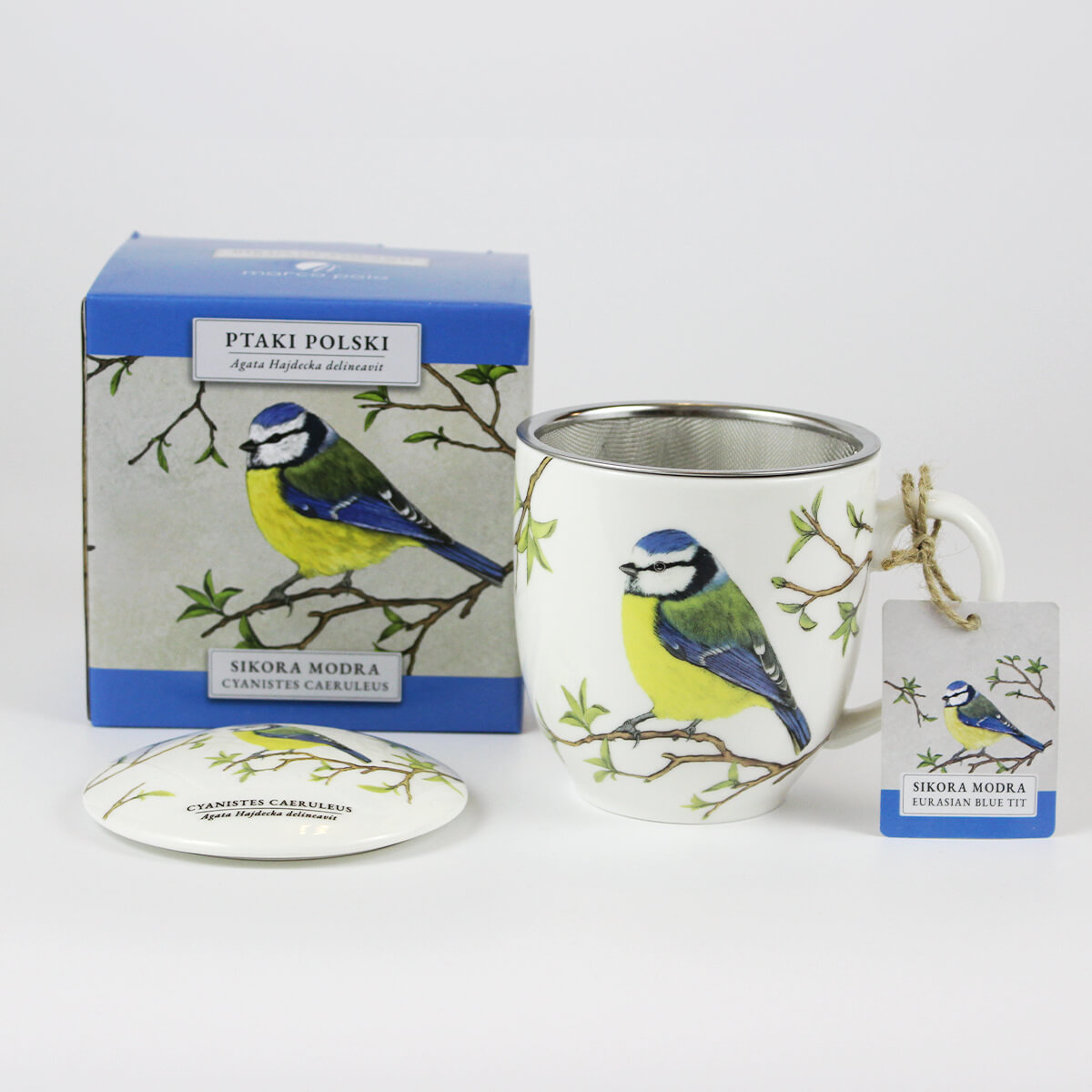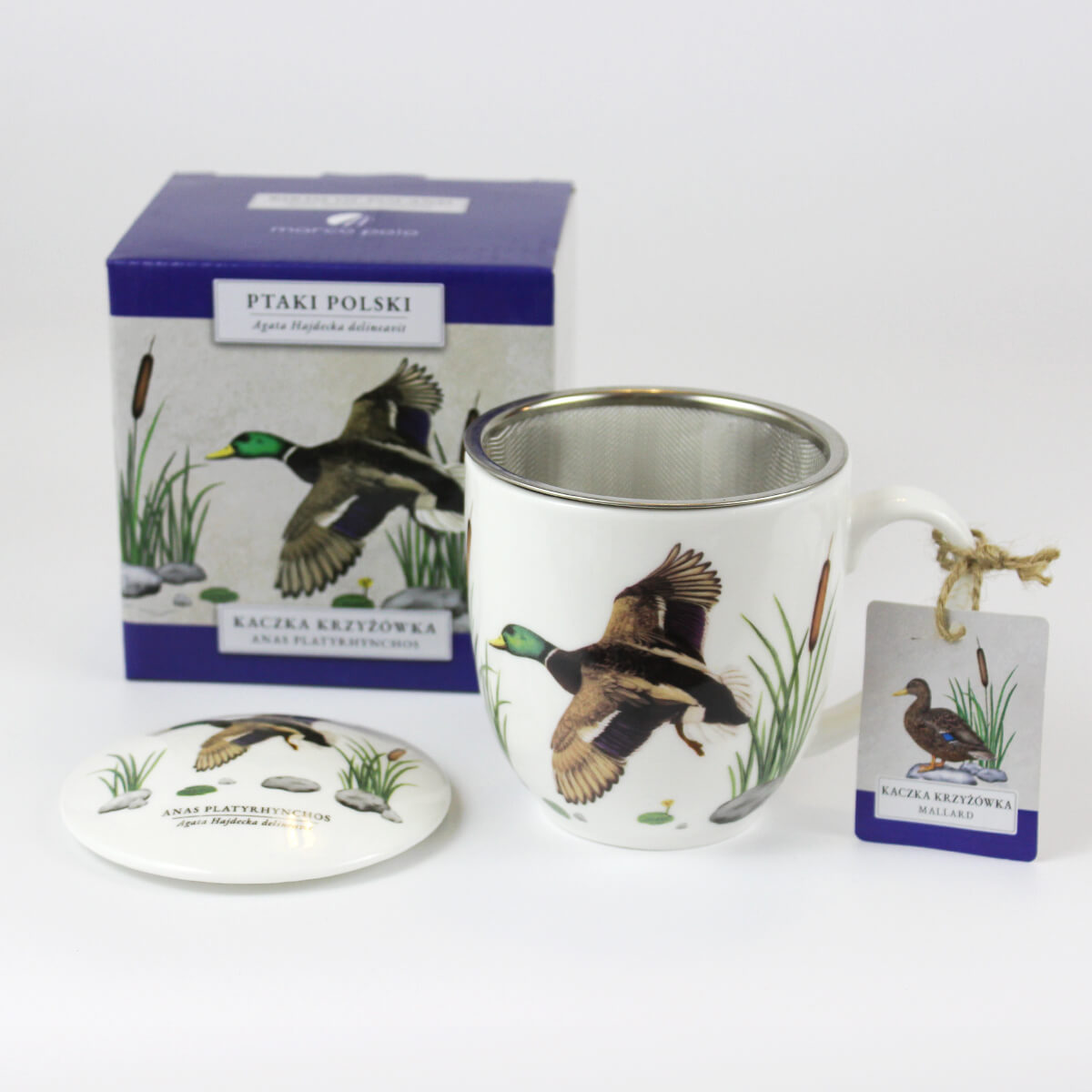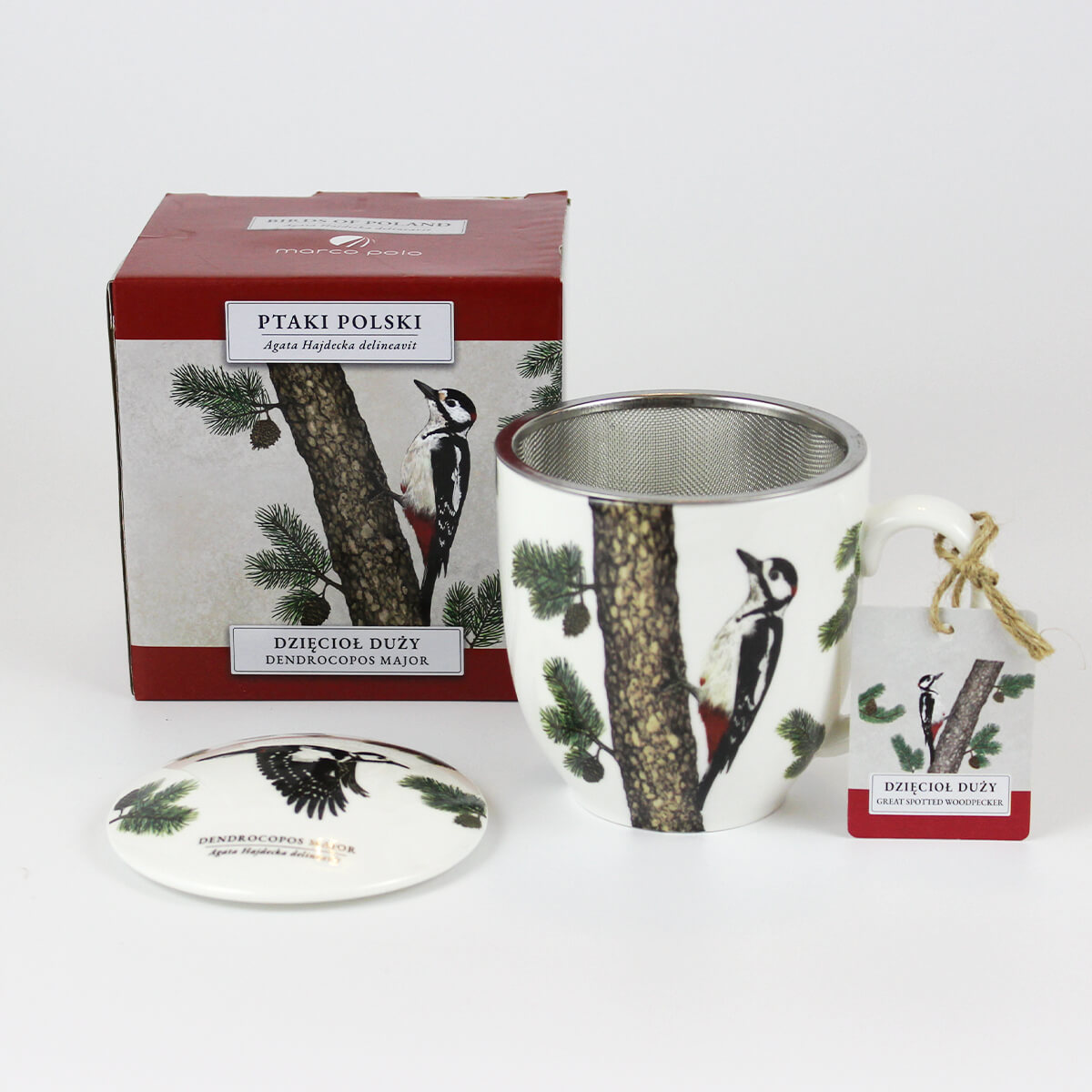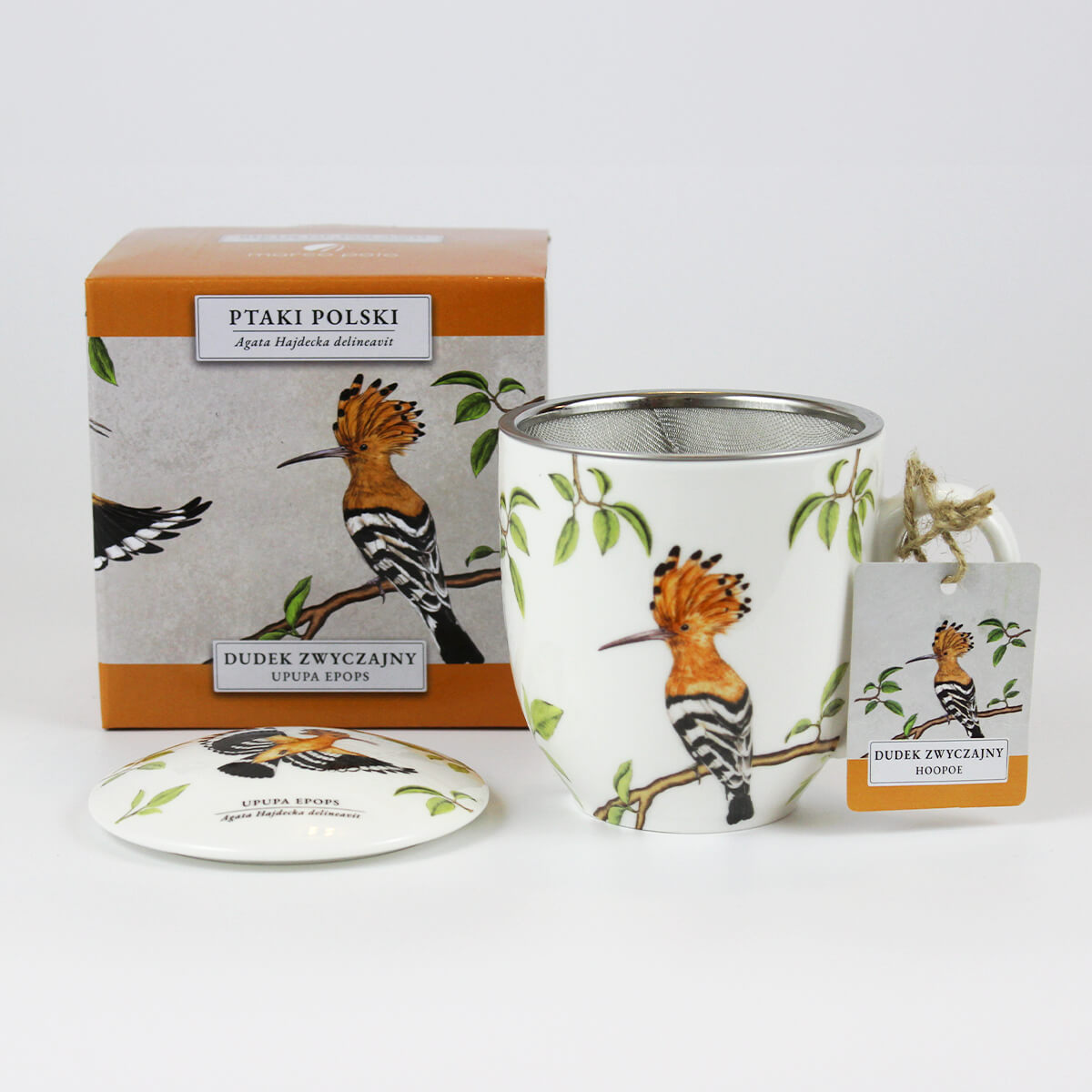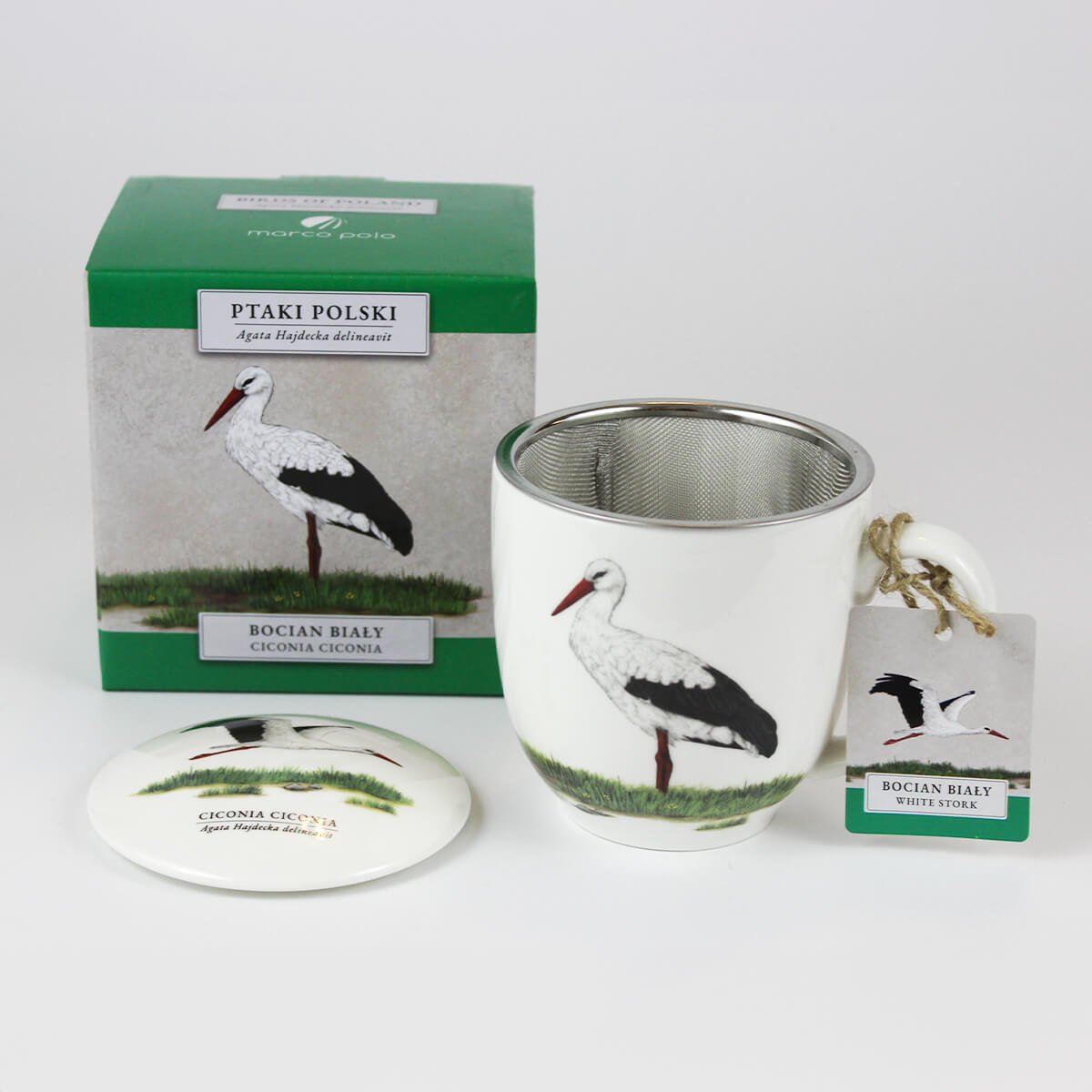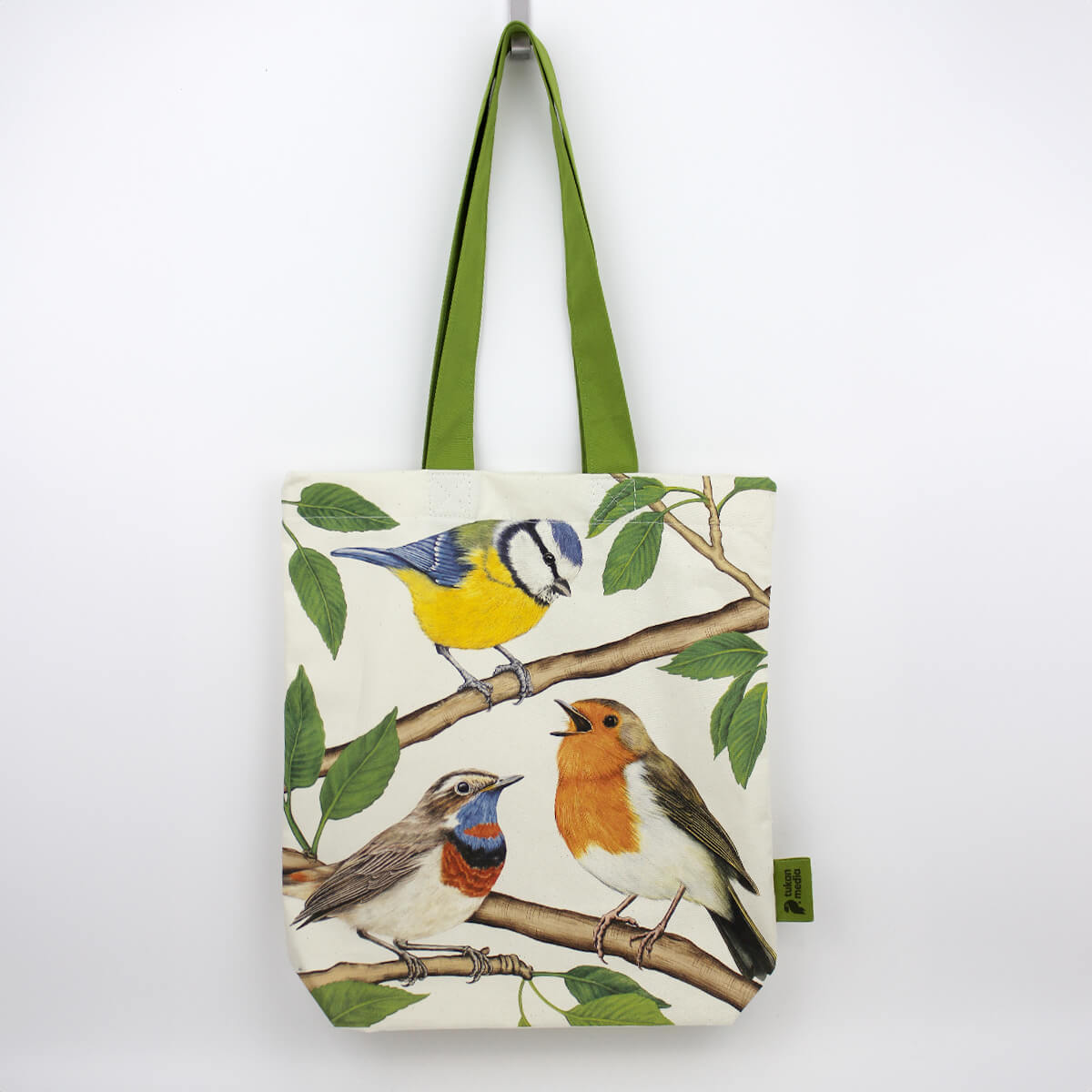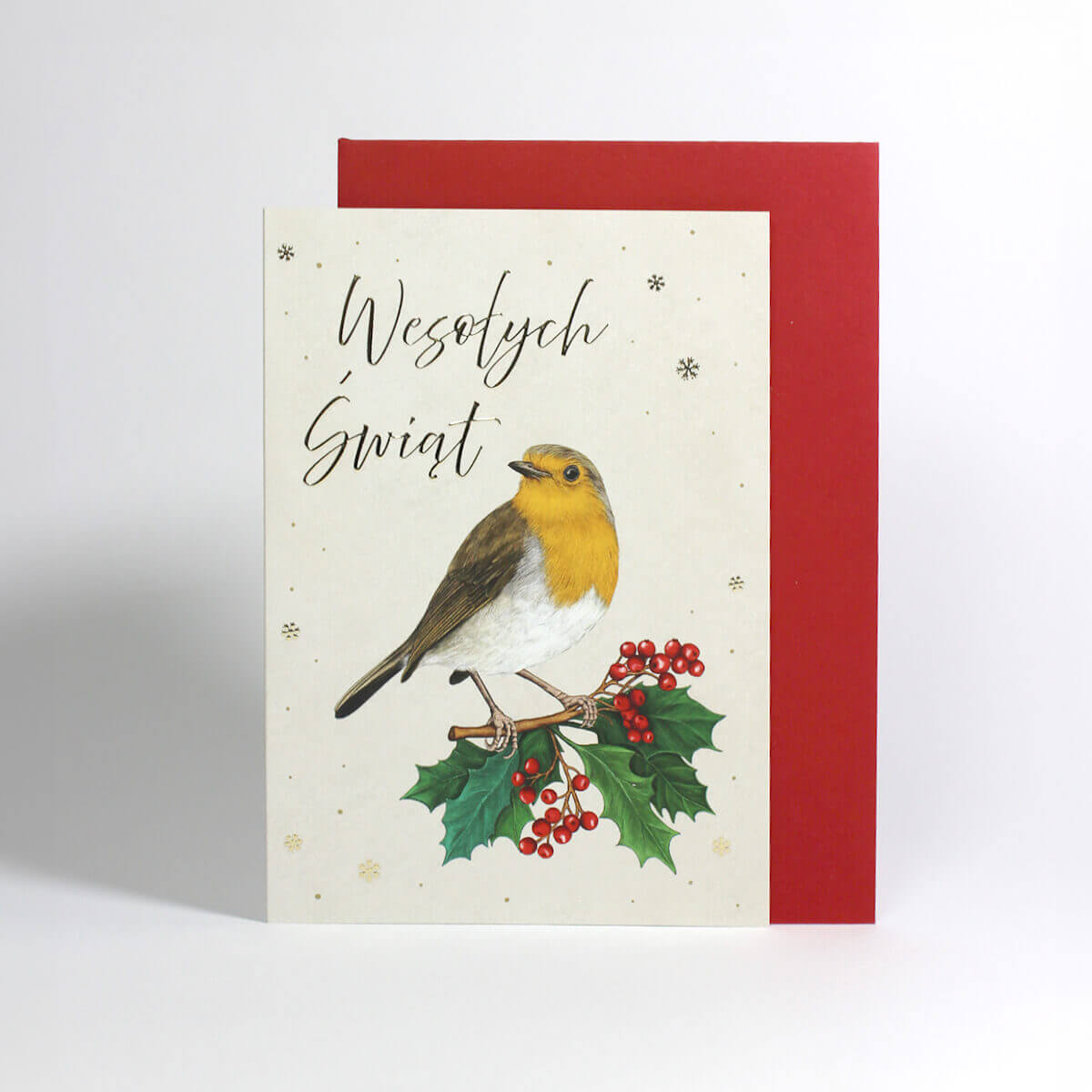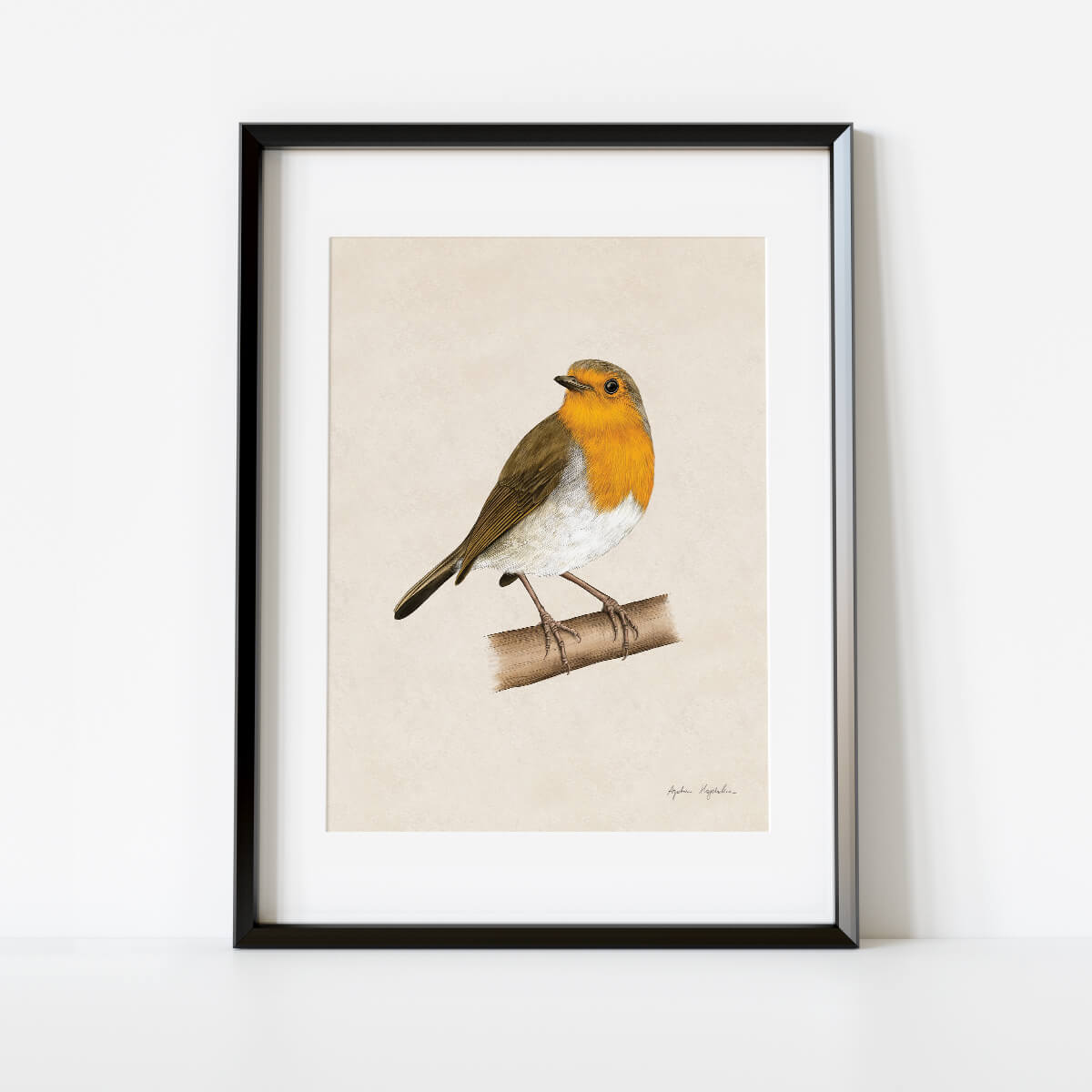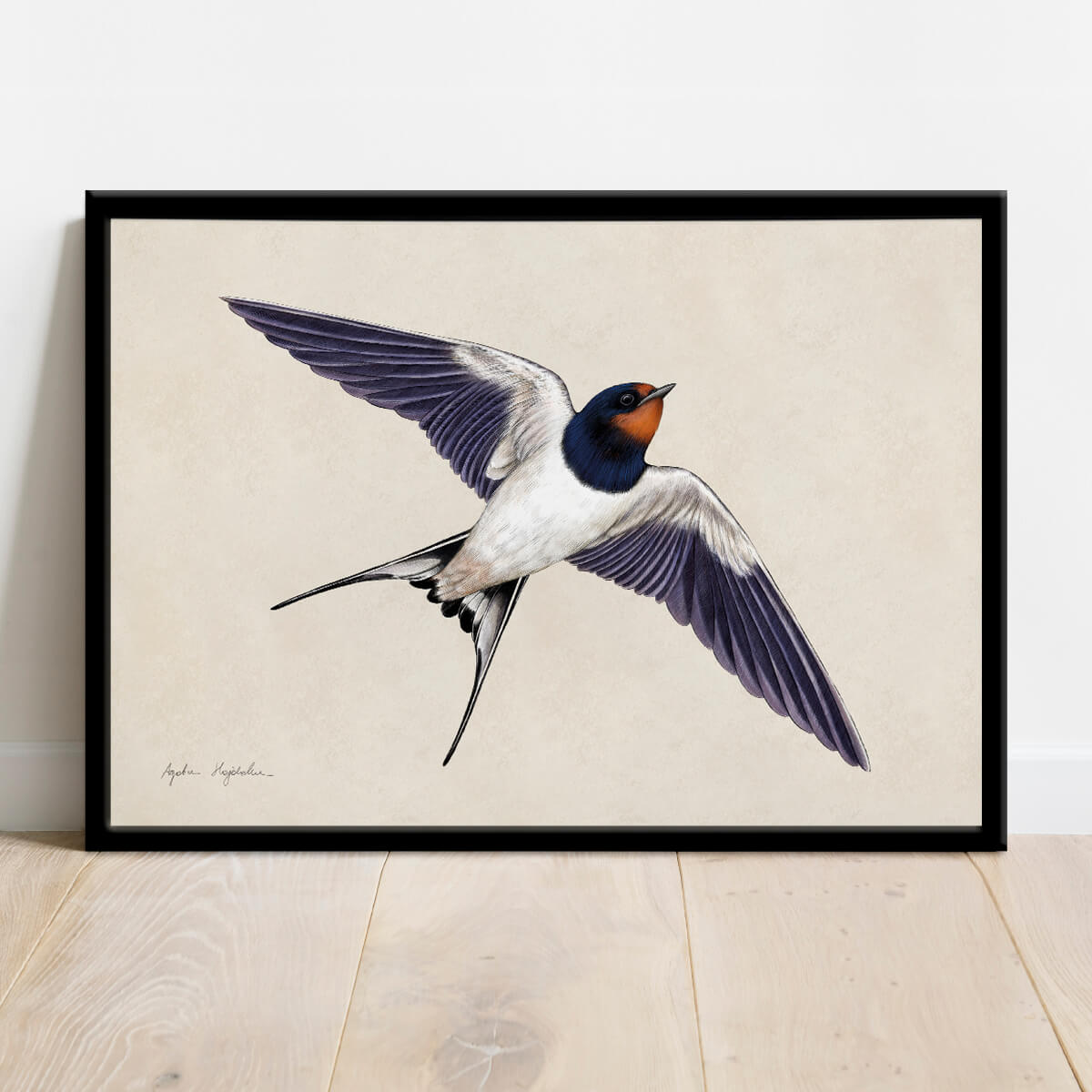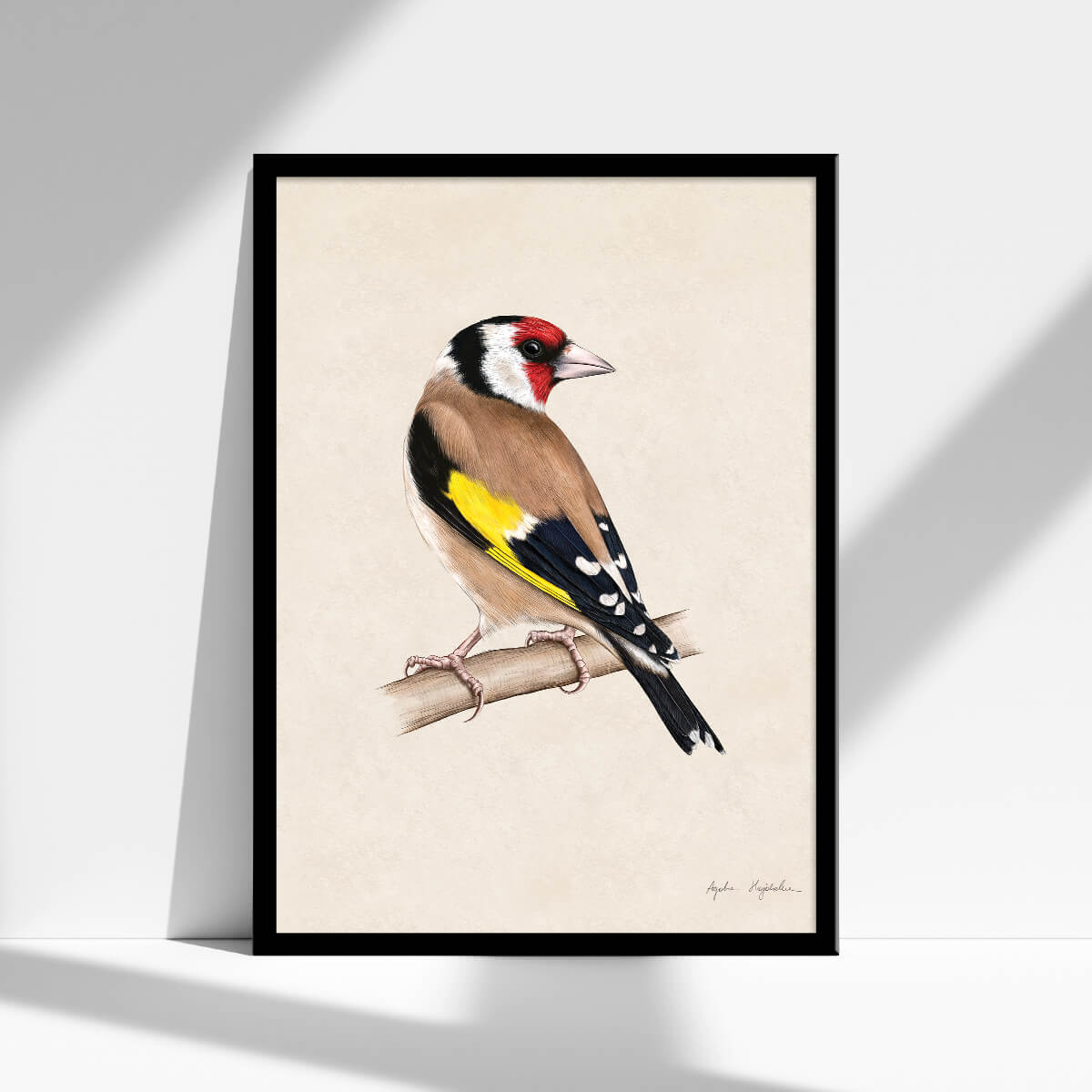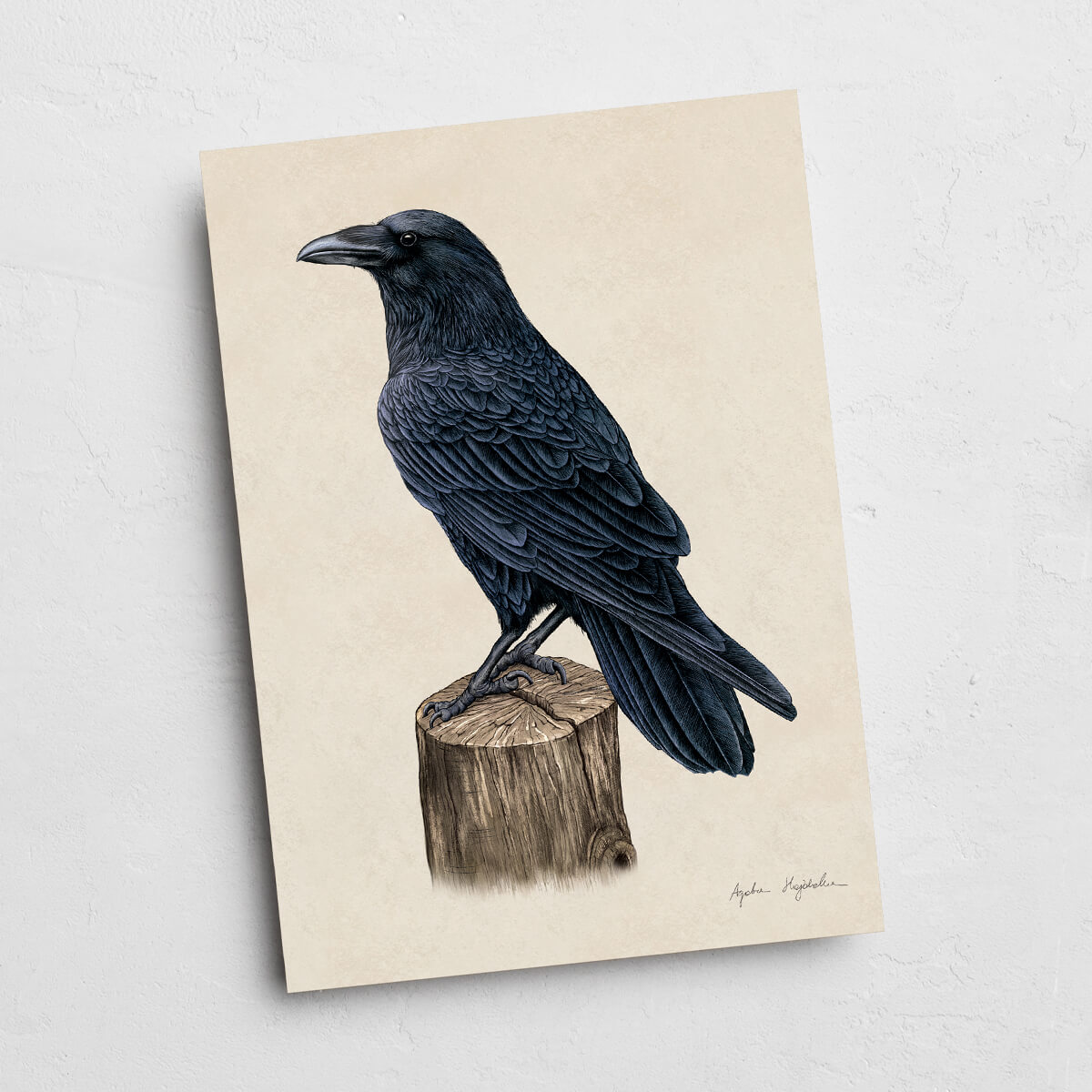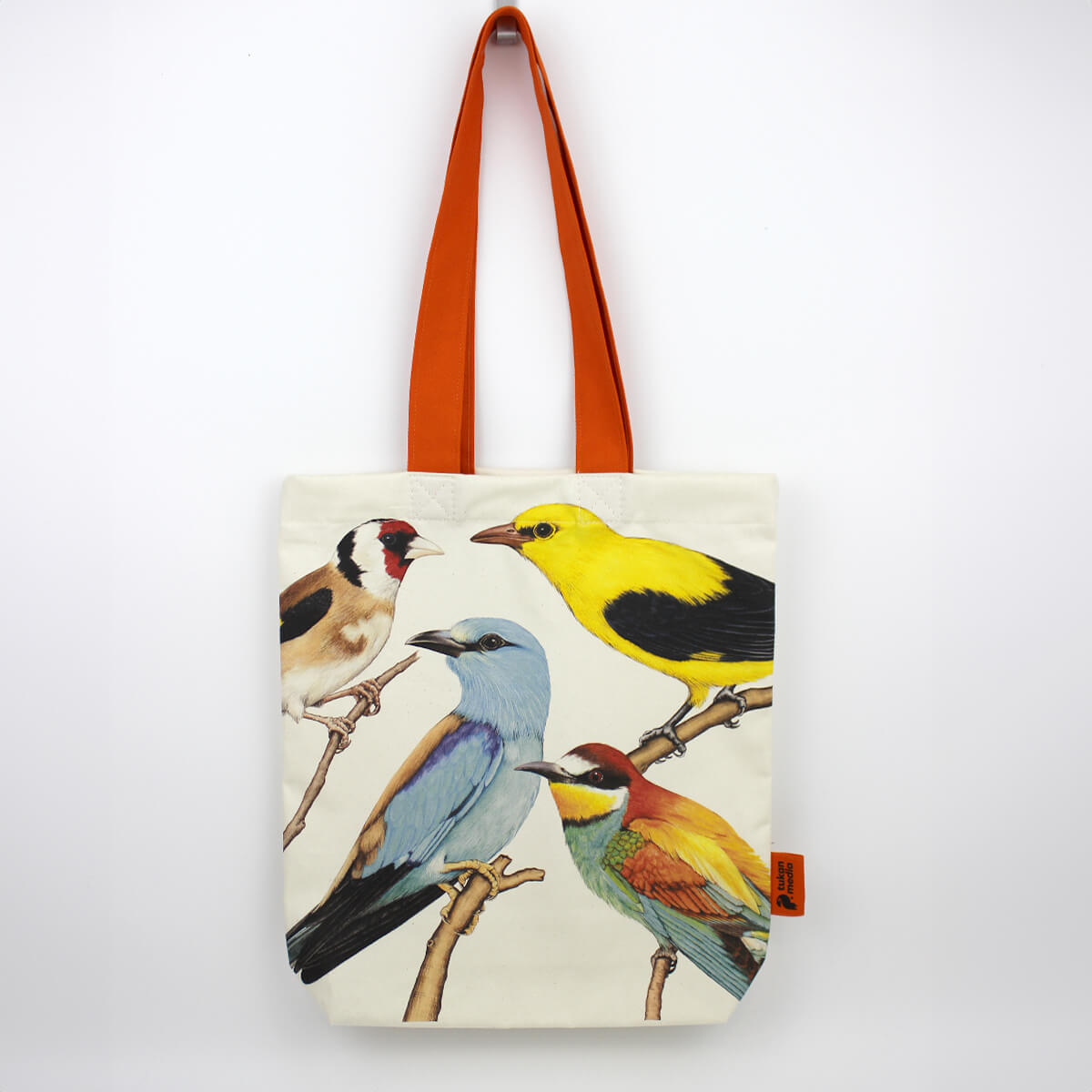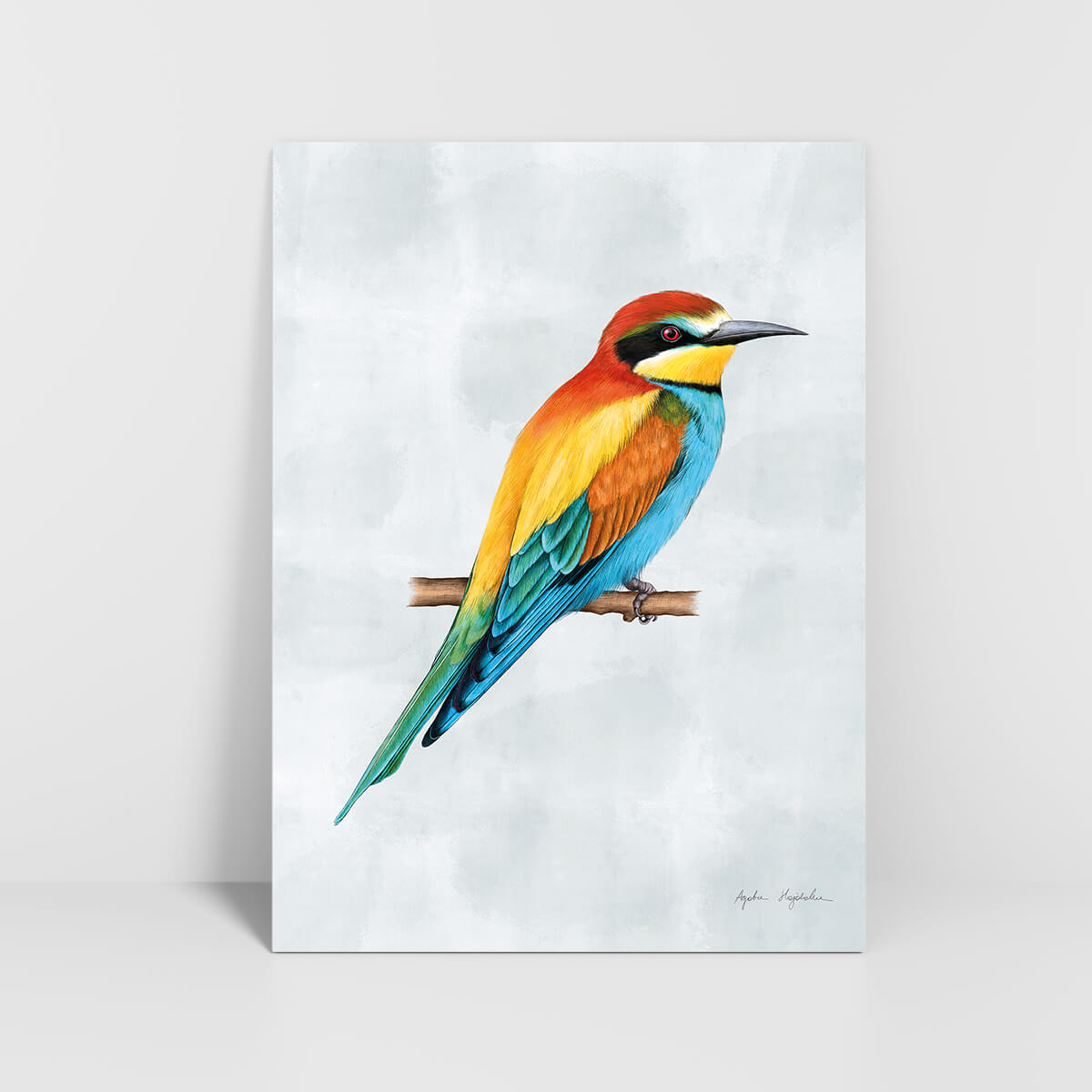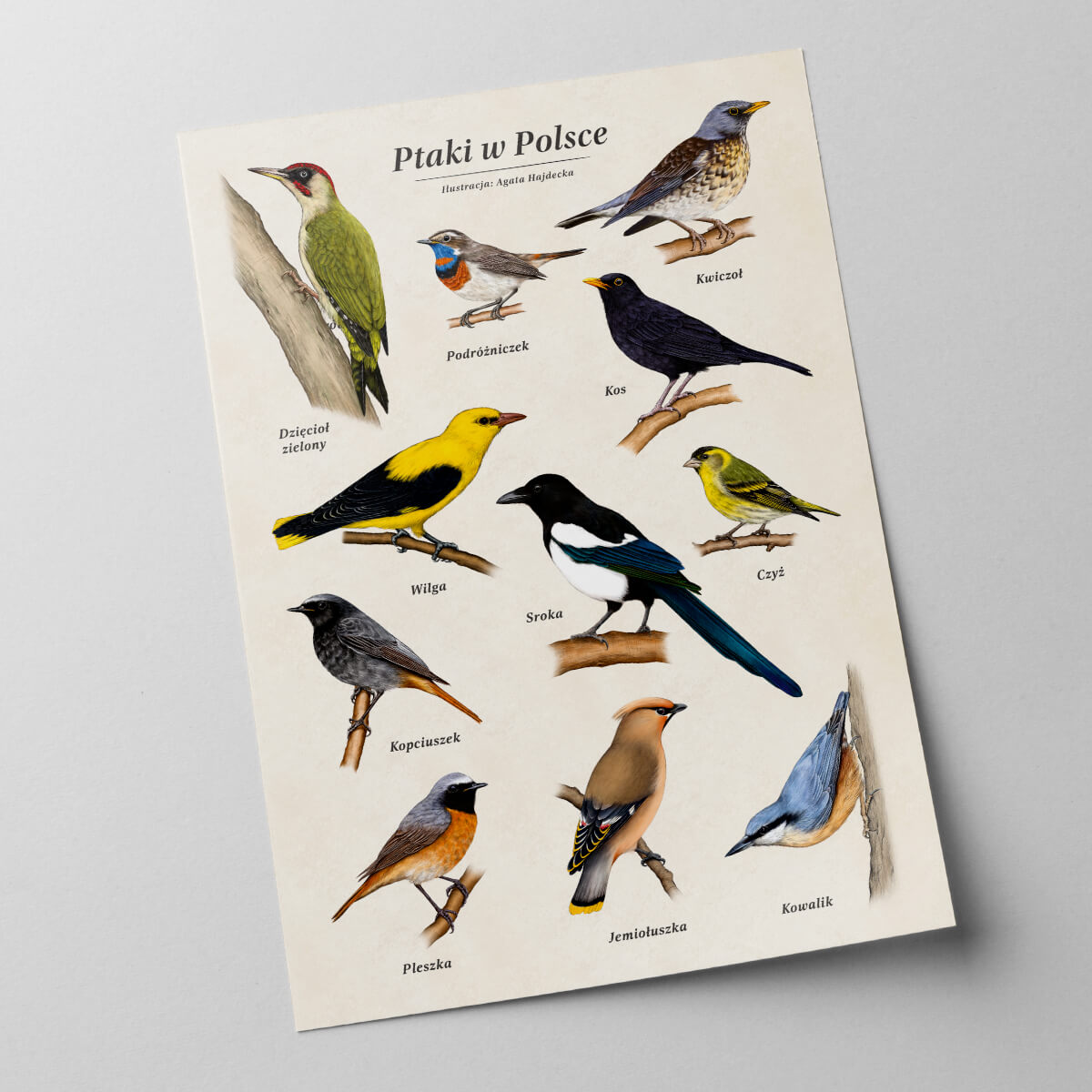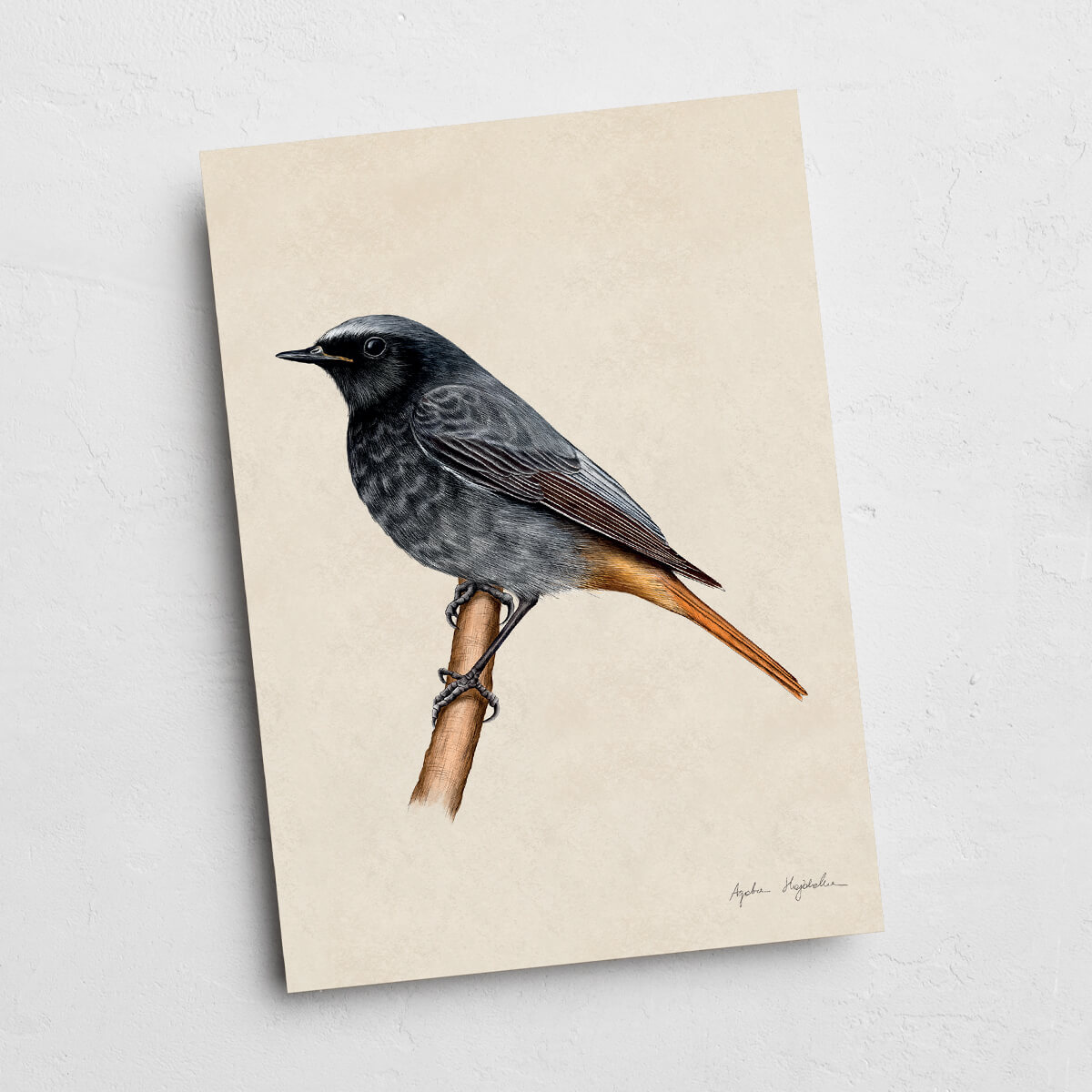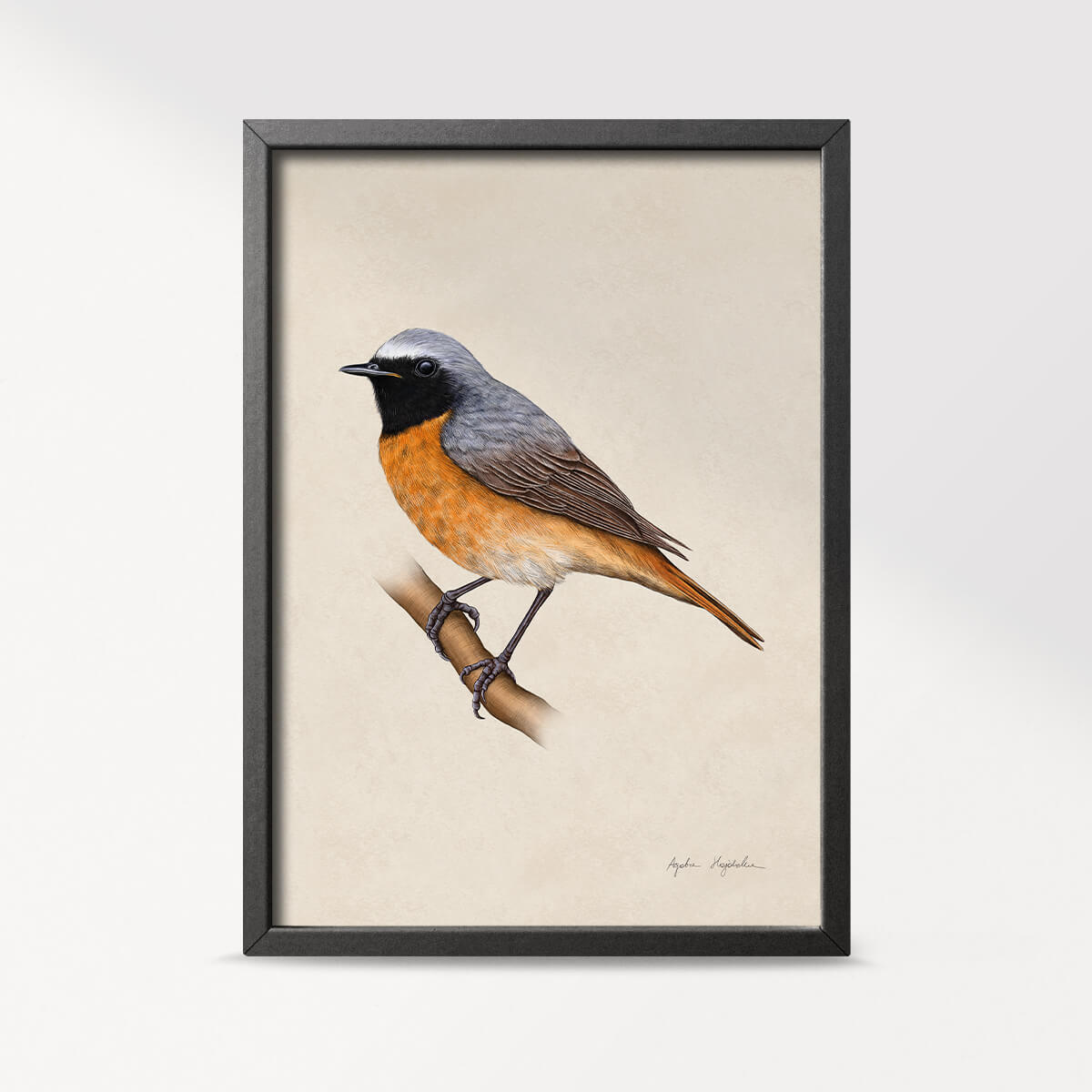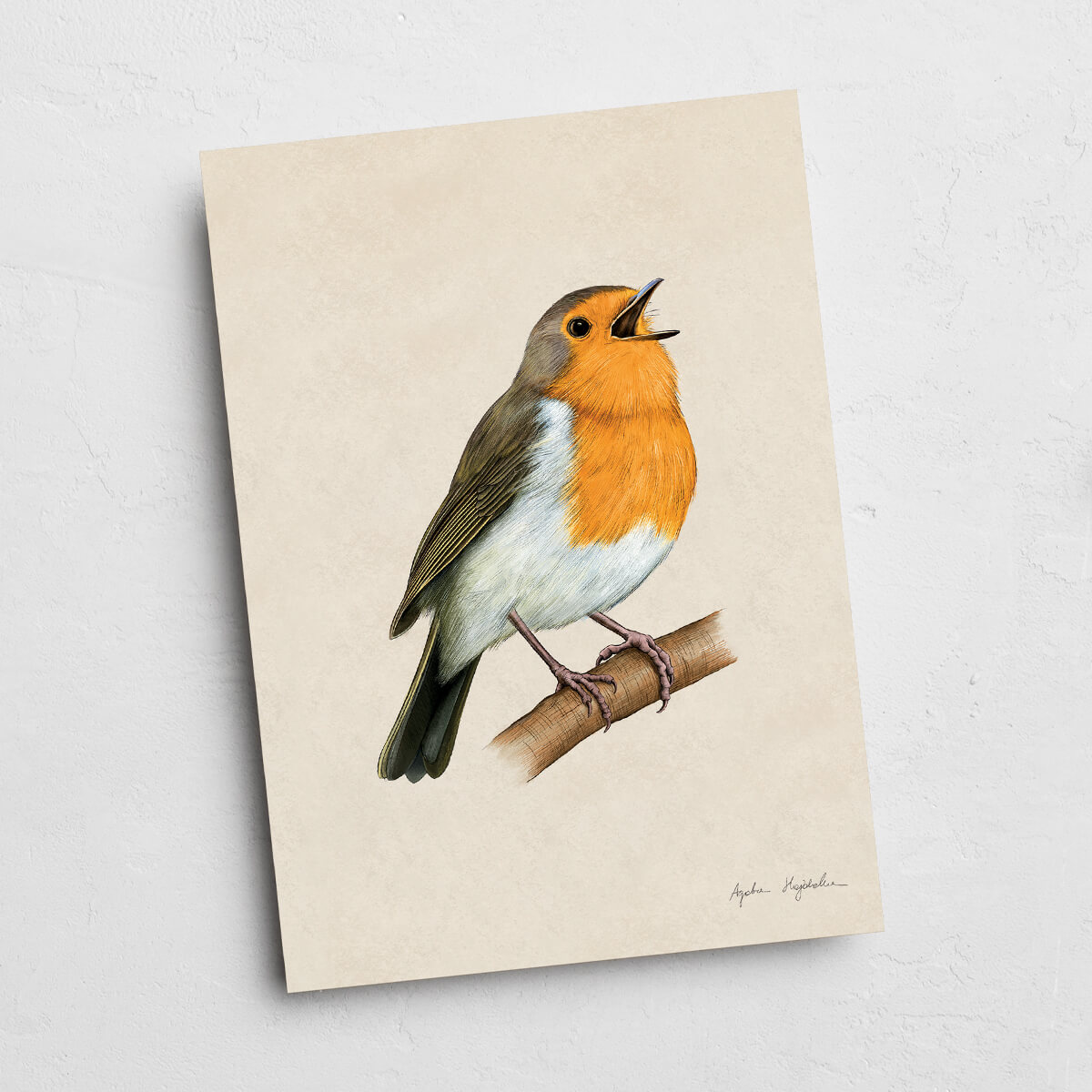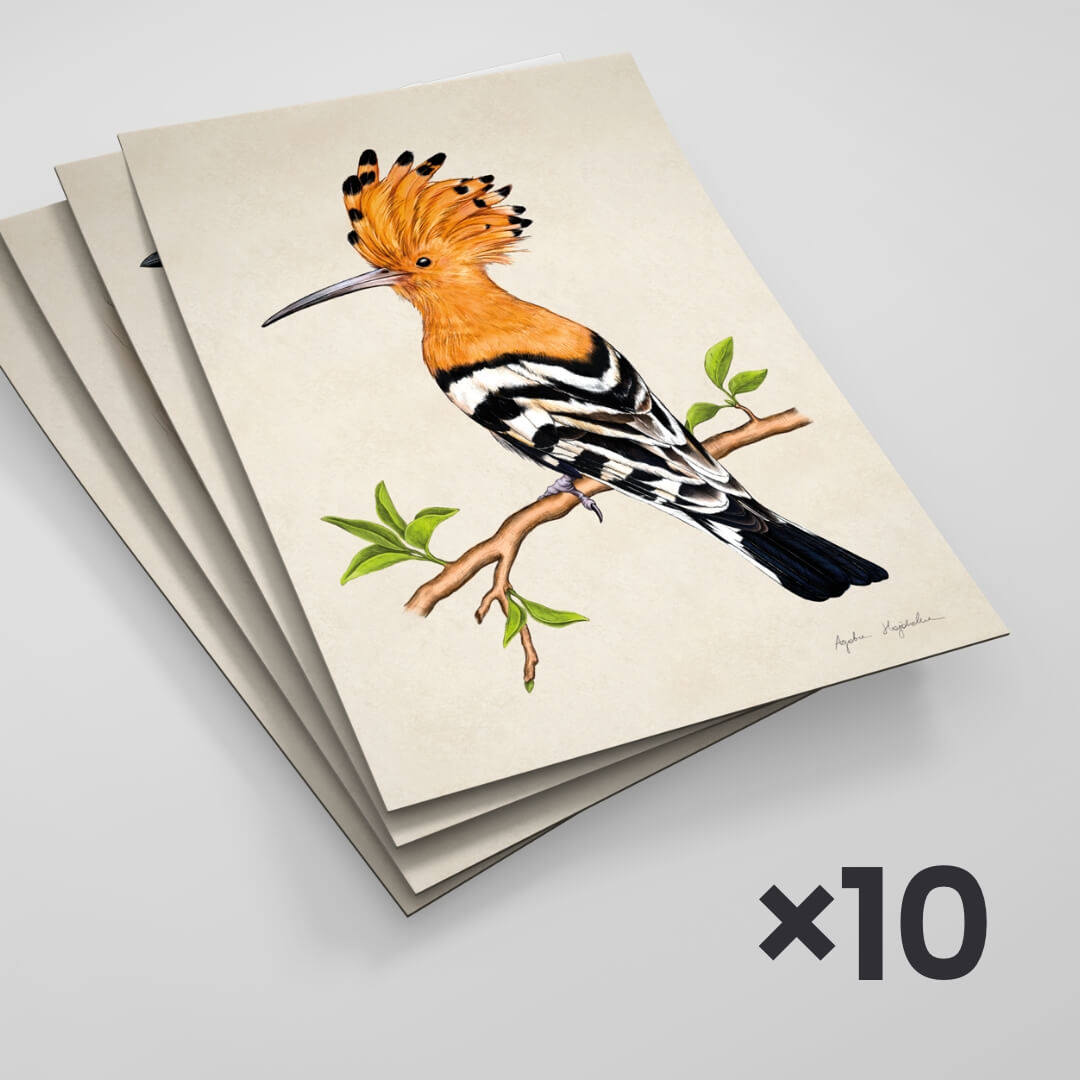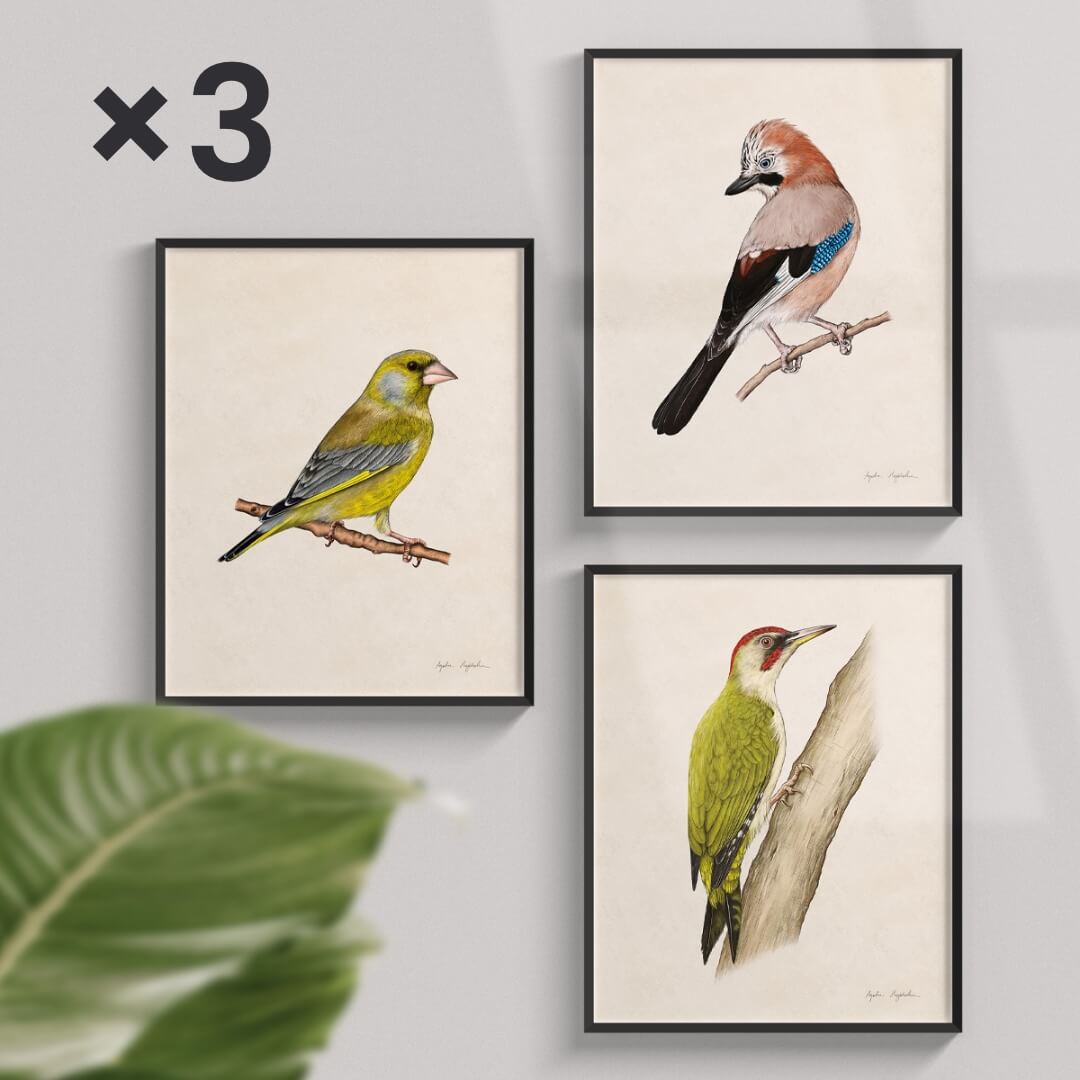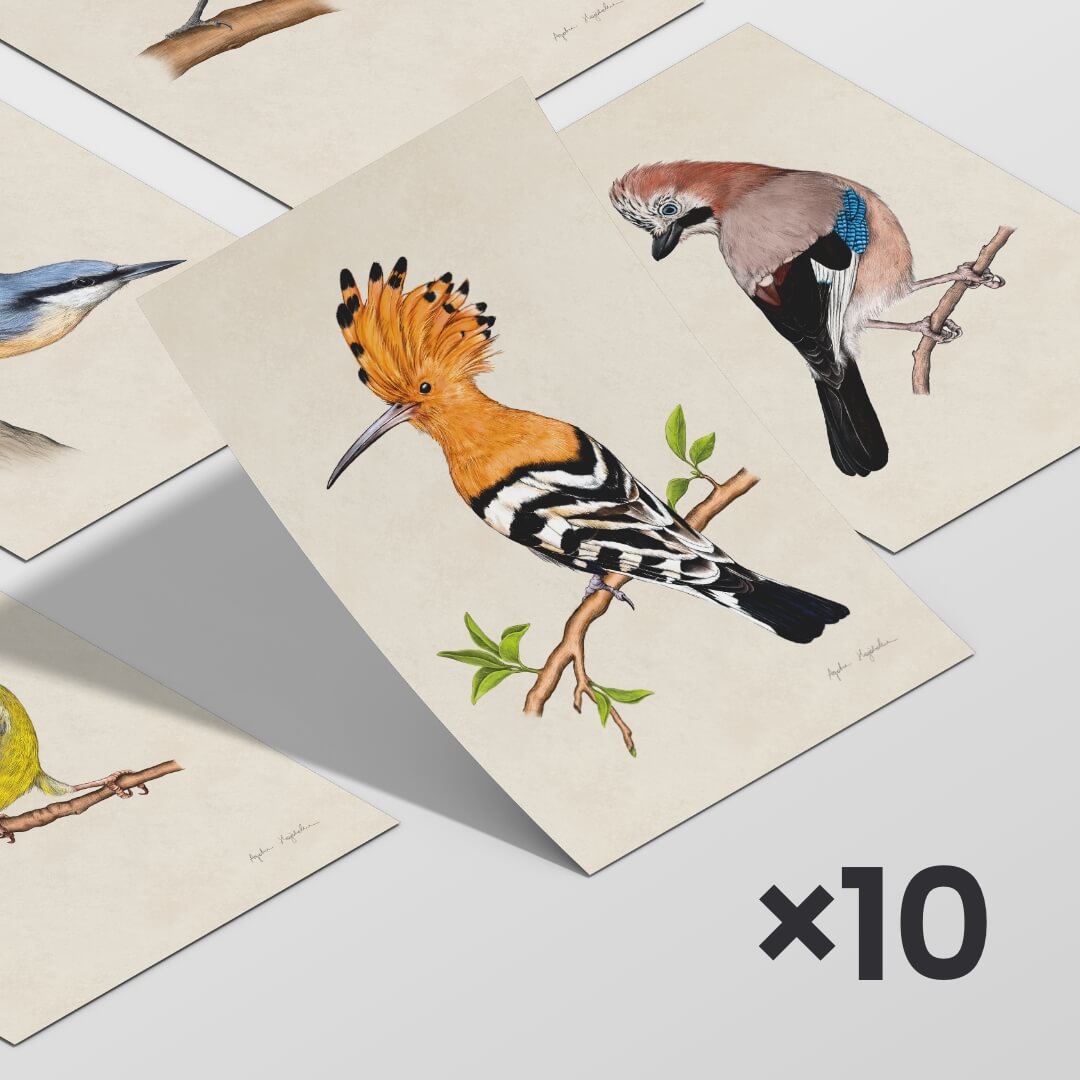- Tukan media
- Explore birds
- Common linnet
Common linnet
This small bird with a red spot on its chest is the Common Linnet, specifically the male during the breeding season, whose forehead is also adorned with a small red spot. It has a greyish head and neck, with a brown back and wings. The flight feathers display accents of black and white. Females are more modestly colored, mainly brown with characteristic streaks on the chest. This species is partially migratory, often wintering, especially in the western part of the country. If they do migrate, it typically happens around the end of September and beginning of October, with their return in March and April. It may not be a very popular bird among laypeople, but ornithologists are quite familiar with it. If you want to learn more about it, keep reading!
What is worth knowing about the Common Linnet?
This bird is not very common in Poland – it can be found throughout the country, including mountainous areas up to 1800 meters above sea level. It inhabits strips of trees and shrubs, as well as parks, orchards, and gardens. You can encounter it on hedges and in rural greenery. It places its nests low - in the middle parts of shrubs and on young trees, choosing well-sunlit locations. Nests are constructed from twigs and grass, sealed with wool, plant down, and lined with hair. It lays 5-6 eggs with a characteristic appearance – they are blue with pink speckles. Incubation lasts about 13 days, and after a similar period, the young become independent and leave the nest, although they are still fed by the male.
What does the Common Linnet eat?
It is a species almost exclusively herbivorous - with the exception of the young, which are fed by their parents with small invertebrates, mainly ant larvae and aphids. However, the primary food of the Common Linnet consists of seeds.
Common Linnet - facts you had no idea about!
- Often, on a single tree or bush, you can even spot several Common Linnet nests.
- The red spot on the chest and a small one of the same color on the forehead are characteristic of males during the breeding season.
- These birds are distinguished by their ability to produce beautiful songs.
- Due to the Common Linnet's fondness for grass seeds, there has been a decline in their population attributed to the tendency of people to eradicate weeds.
- They are active birds with an undulating flight.
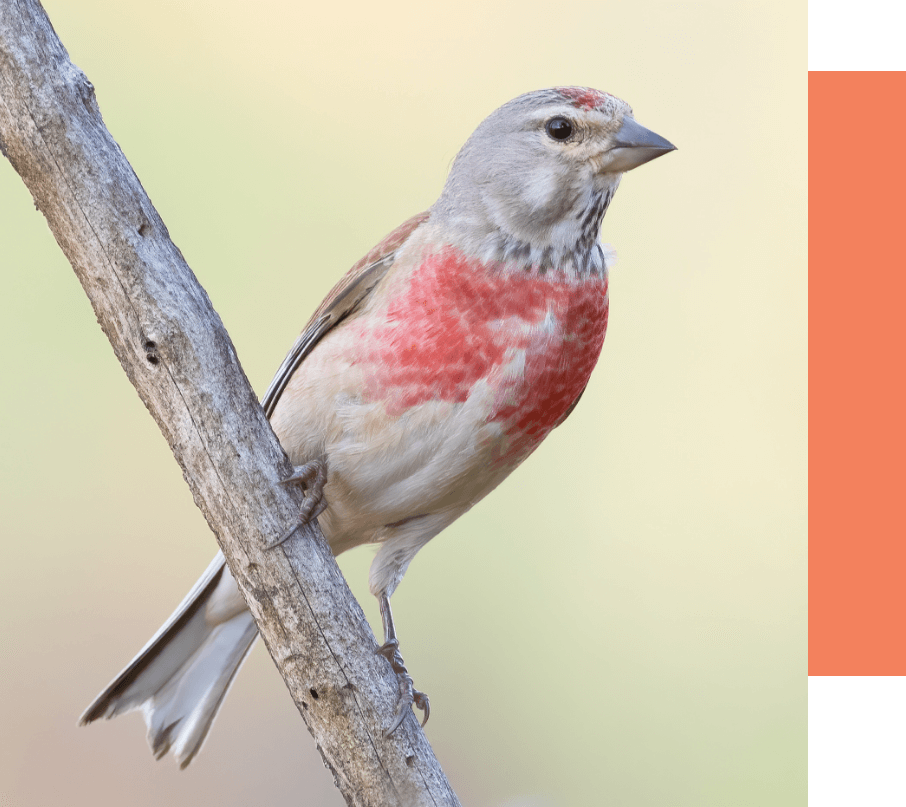
Listen to the voice
Gadgets with a Common Linnet illustration
If you want to admire the beautifully feathered male Common Linnet, be sure to check the illustrations available in my collection. They can serve as stylish decorations or valuable educational materials to facilitate the identification of this bird in nature.
View products with the Redstart
267.00 zł 230.00 zł
89.00 zł
20.00 zł – 120.00 zł
Redstart - Additional Information
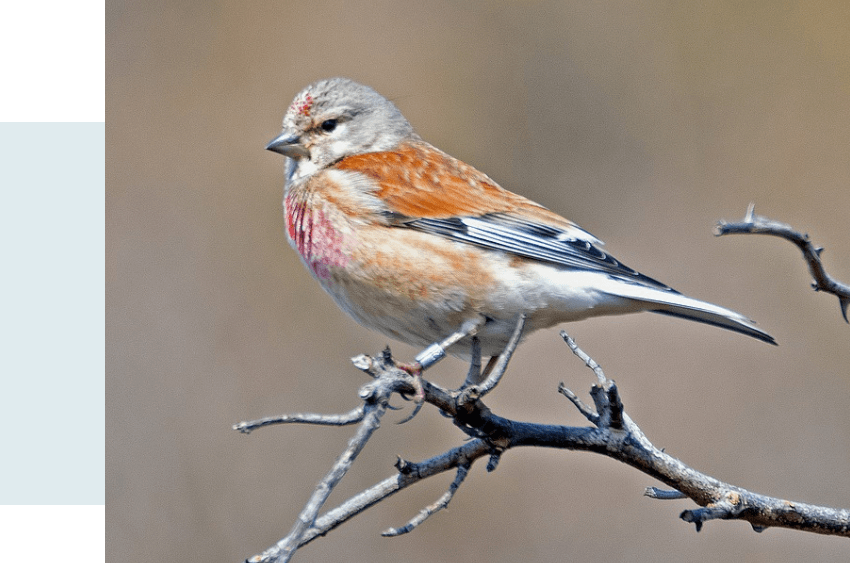
Common linnet
Linaria cannabina
Family
Finches
Locations of Occurrence
The entire country, including mountains up to an altitude of about 1800 meters above sea level
Food
Seeds, and during the breeding season, invertebrates as well
Population
A scarce, locally moderately abundant breeding bird
Migrations
Partially migratory, arrival: March-April, departure: September-October. It winters fairly abundantly
Breeding
5-6 bluish, pink-speckled eggs. Incubation for 13 days. Young birds leave the nest after 13-15 days
See other products with birds
89.00 zł
89.00 zł
20.00 zł – 120.00 zł
20.00 zł – 120.00 zł
20.00 zł – 120.00 zł
60.00 zł – 120.00 zł
20.00 zł – 120.00 zł
20.00 zł – 120.00 zł
20.00 zł – 120.00 zł
267.00 zł 230.00 zł
553.00 zł 499.00 zł
400.00 zł 375.00 zł
464.00 zł 439.00 zł
237.00 zł 225.00 zł
150.00 zł 143.00 zł
174.00 zł 165.00 zł
89.00 zł
50.00 zł
50.00 zł
58.00 zł
79.00 zł
79.00 zł
79.00 zł
79.00 zł
79.00 zł
50.00 zł
50.00 zł
50.00 zł
50.00 zł
50.00 zł
89.00 zł
89.00 zł
20.00 zł – 120.00 zł
20.00 zł – 120.00 zł
20.00 zł – 120.00 zł
20.00 zł – 120.00 zł
89.00 zł
20.00 zł – 120.00 zł
20.00 zł – 120.00 zł
60.00 zł – 120.00 zł
20.00 zł – 120.00 zł
20.00 zł – 120.00 zł
20.00 zł – 120.00 zł
600.00 zł 500.00 zł
160.00 zł – 320.00 zł
450.00 zł 400.00 zł

